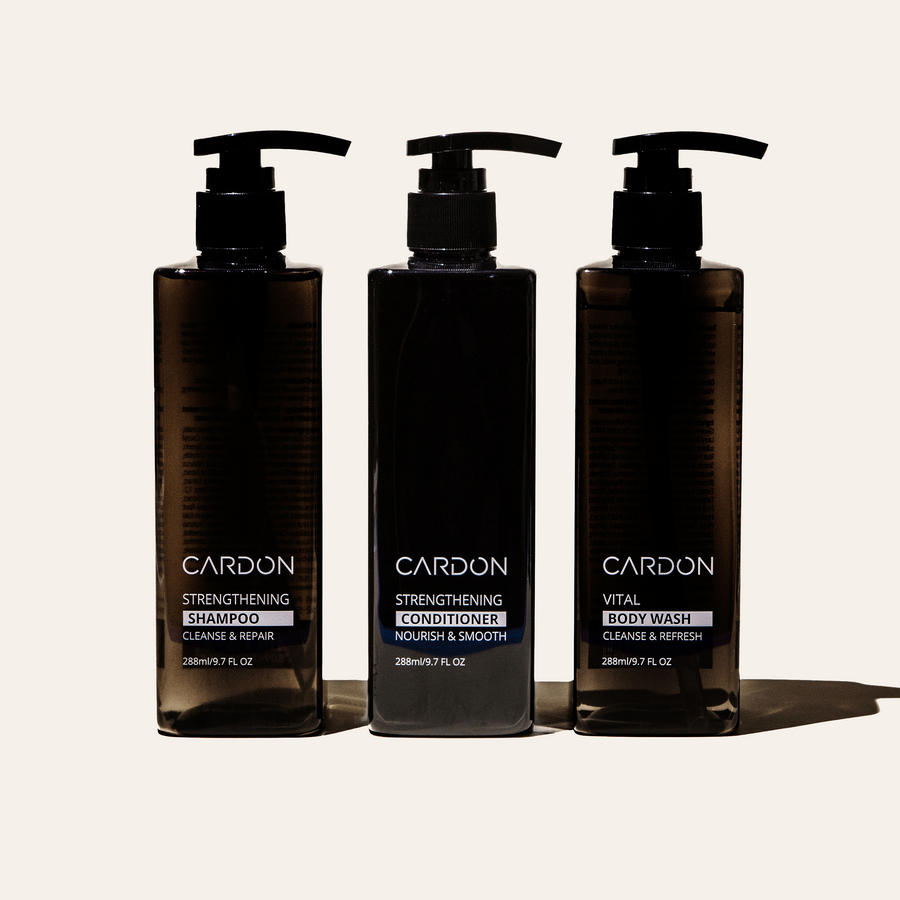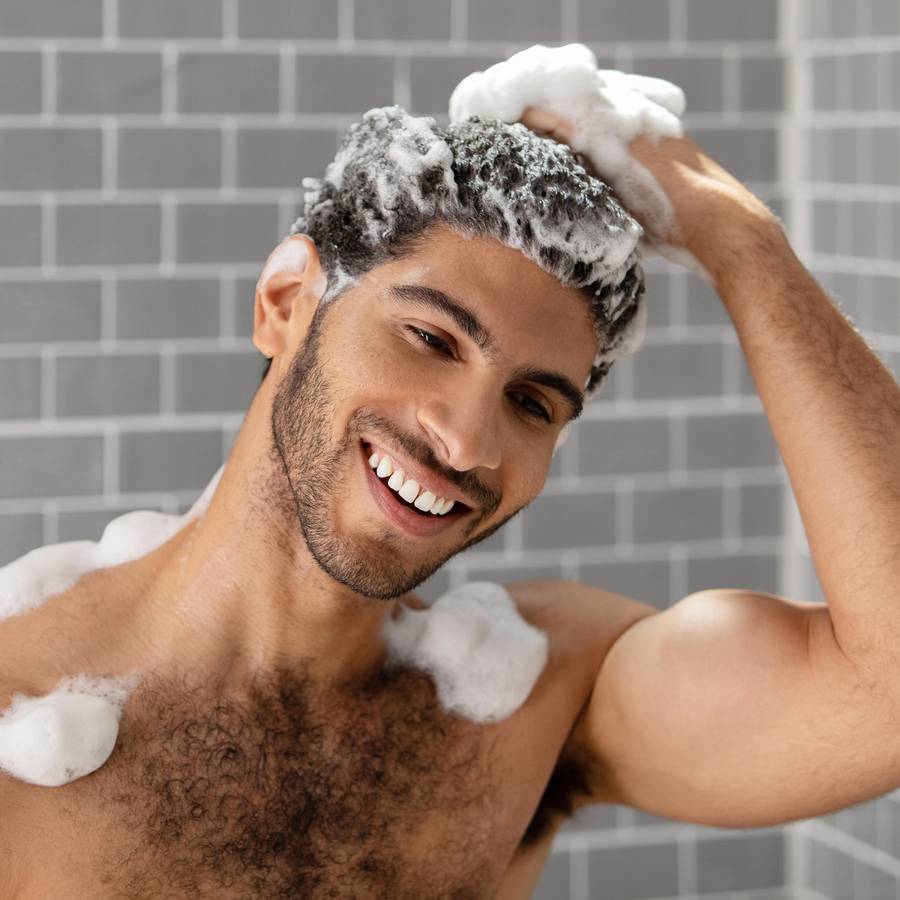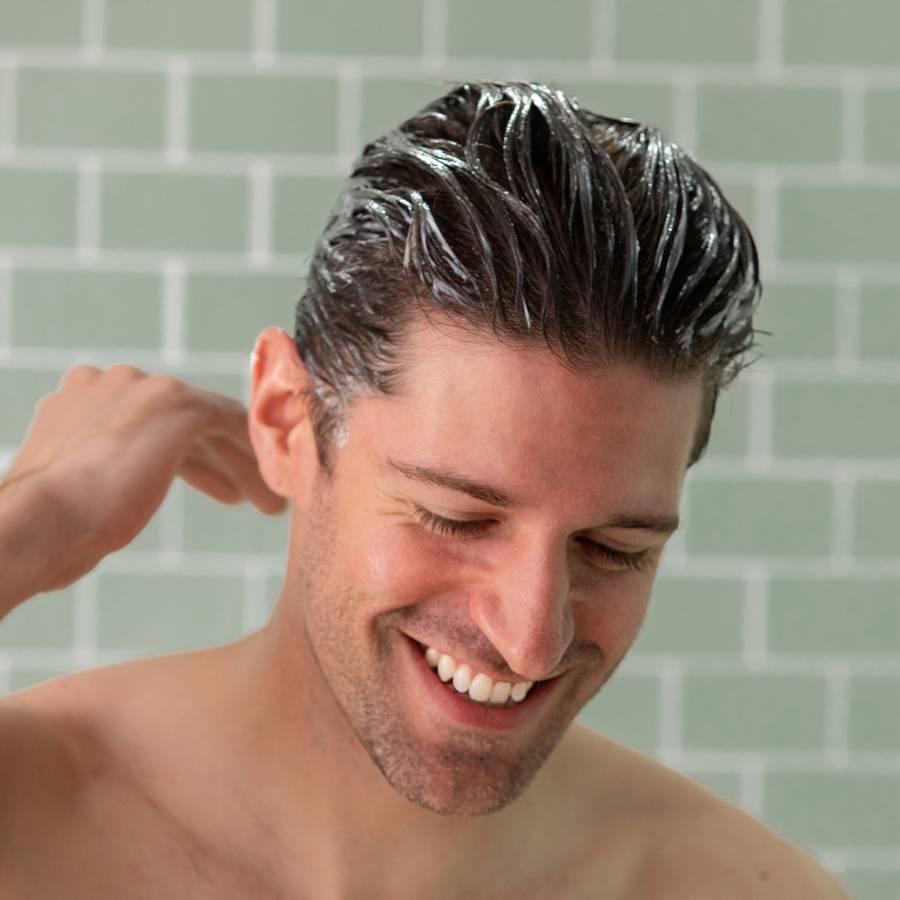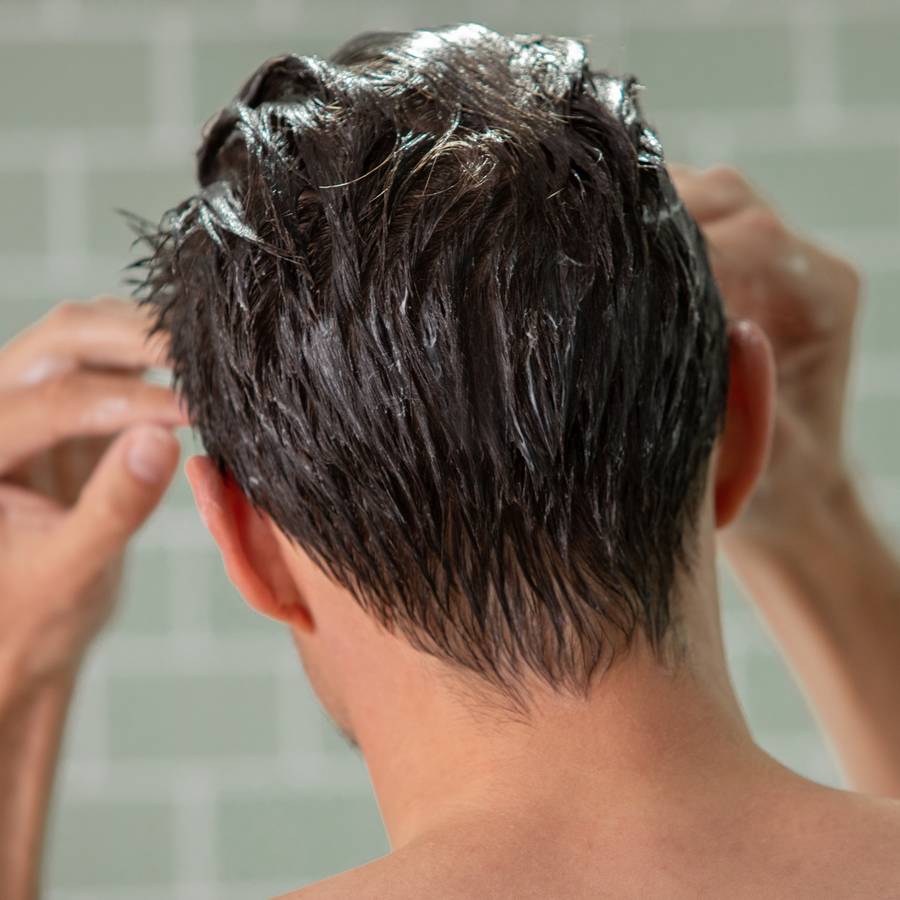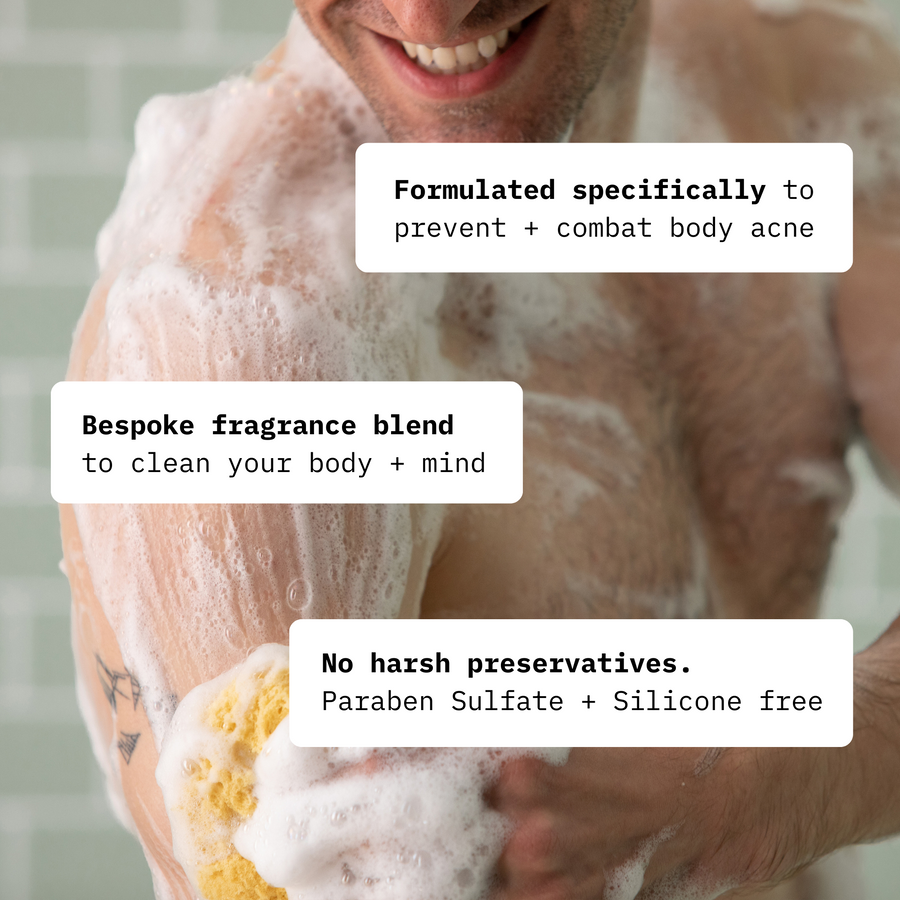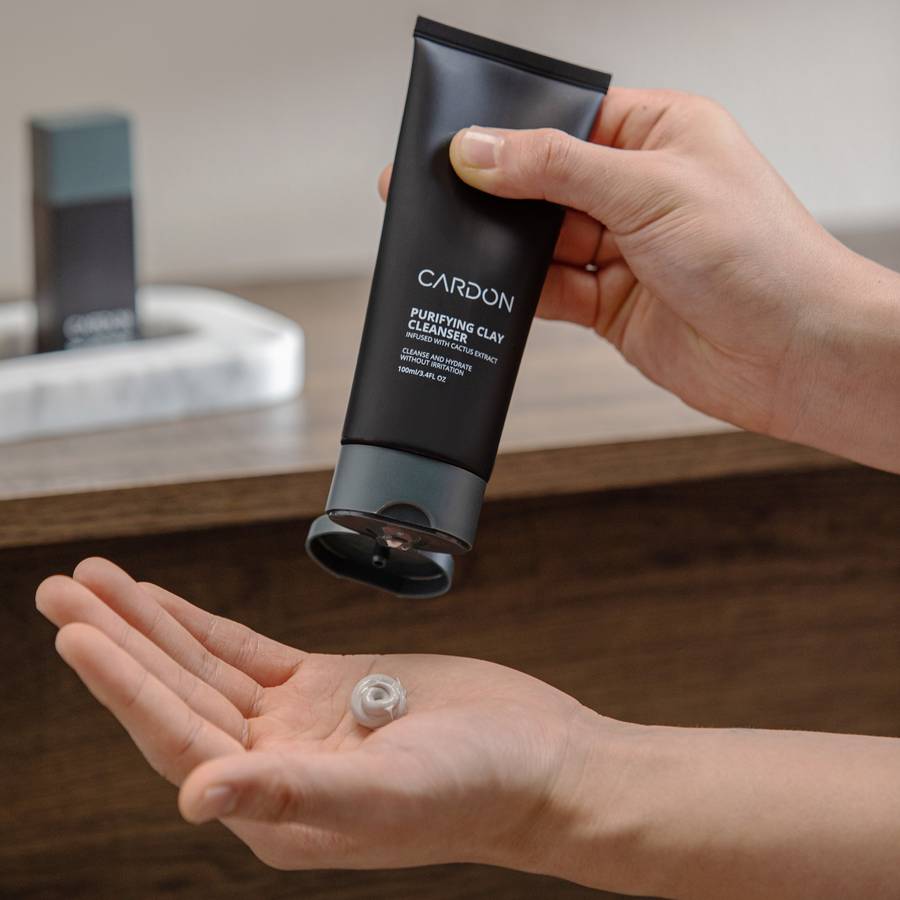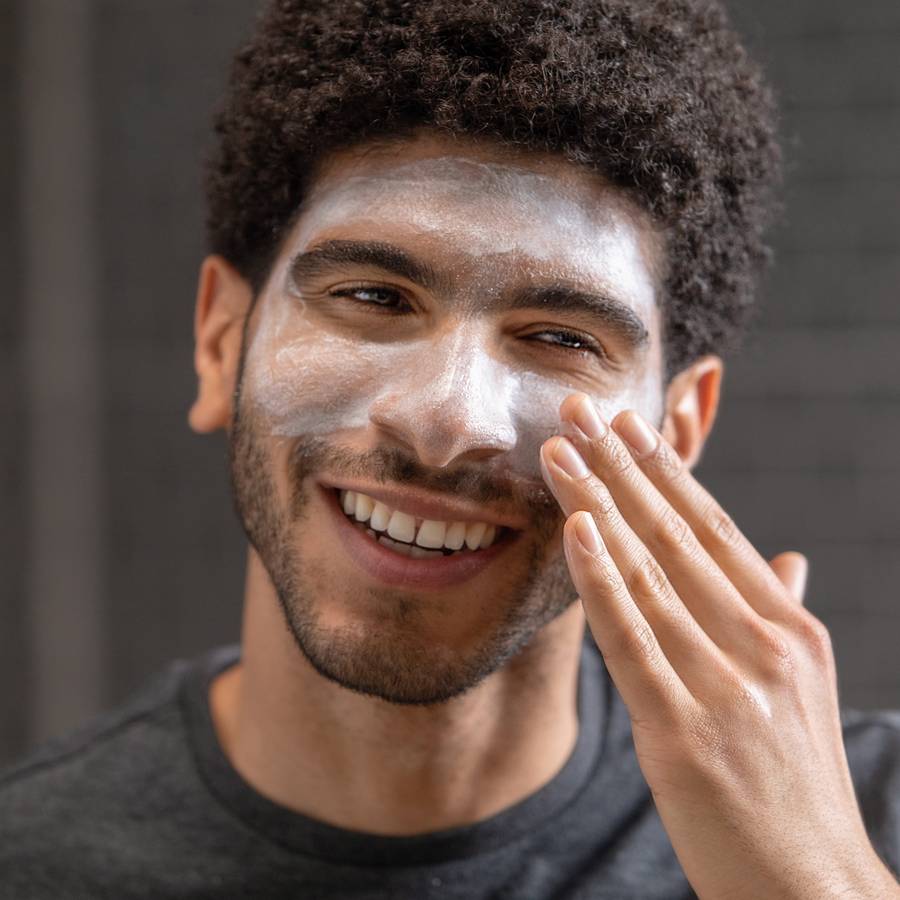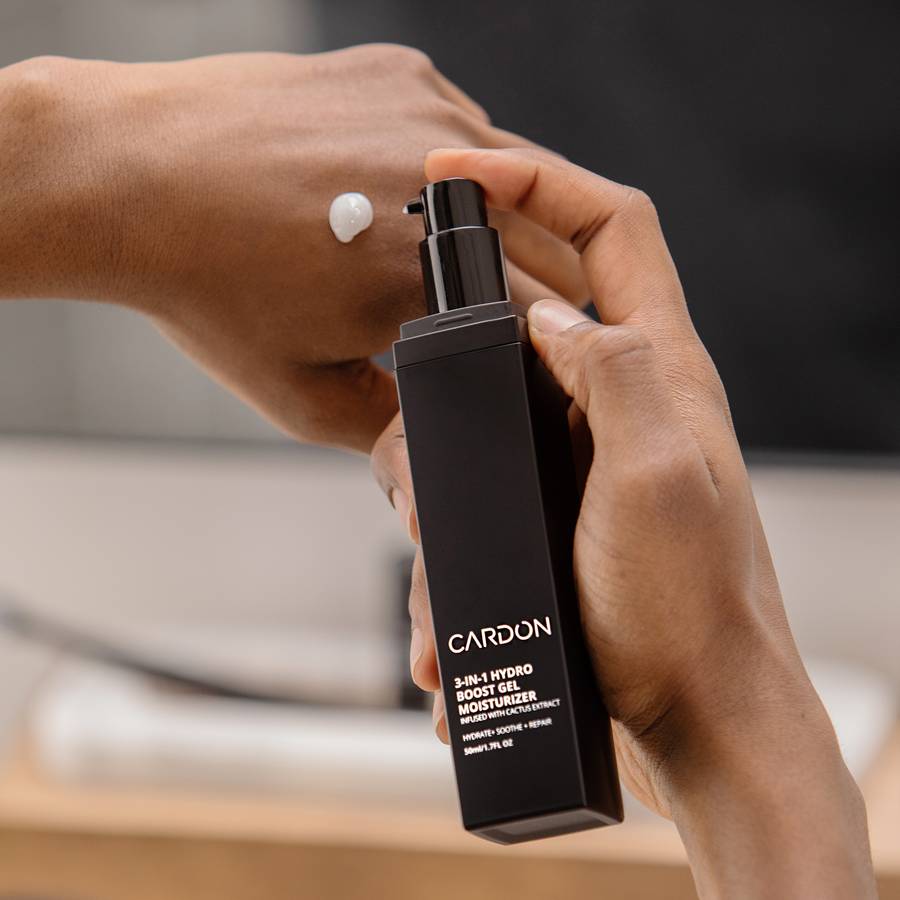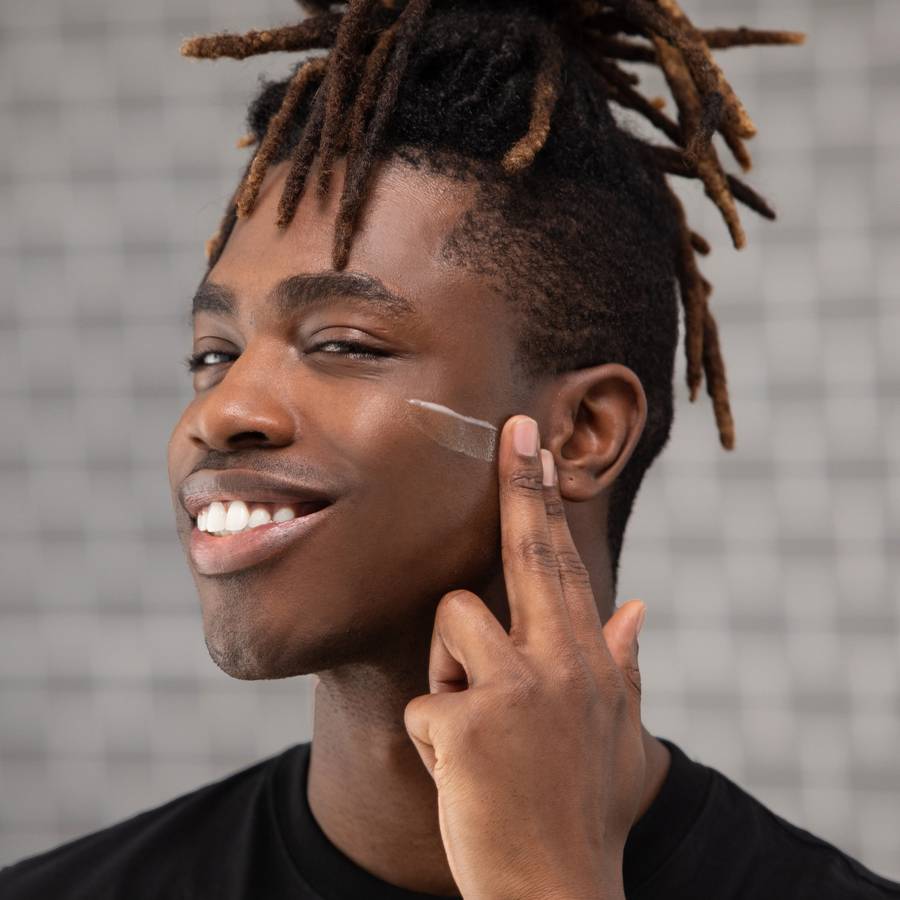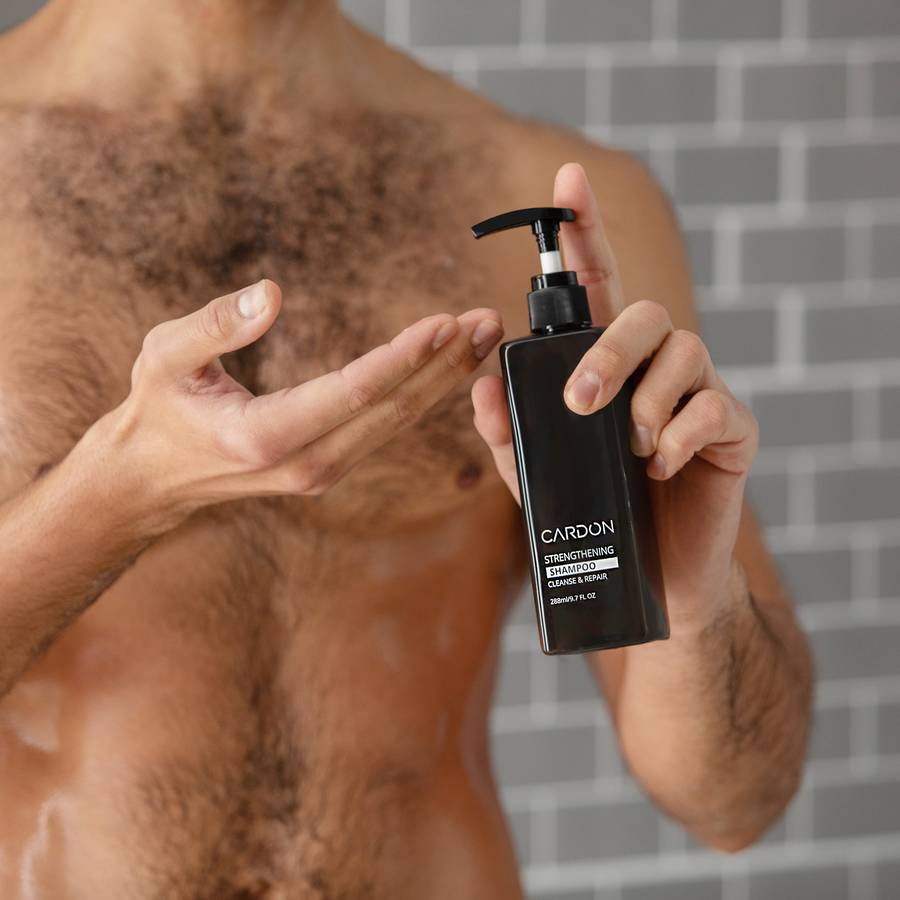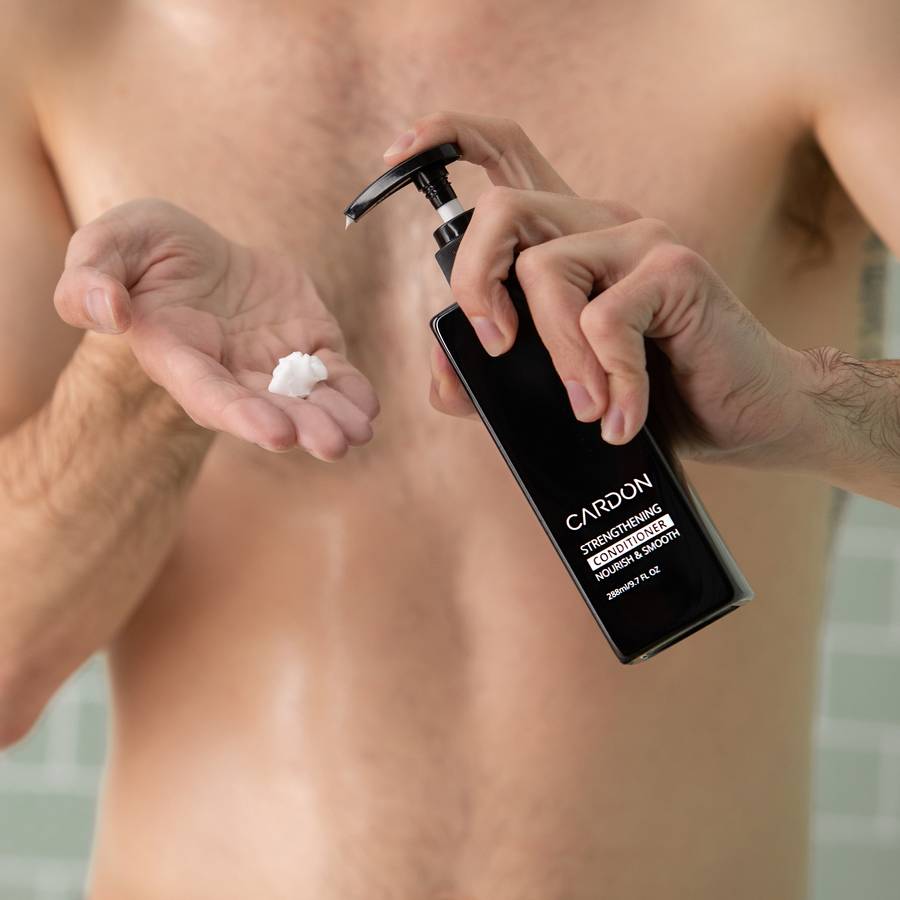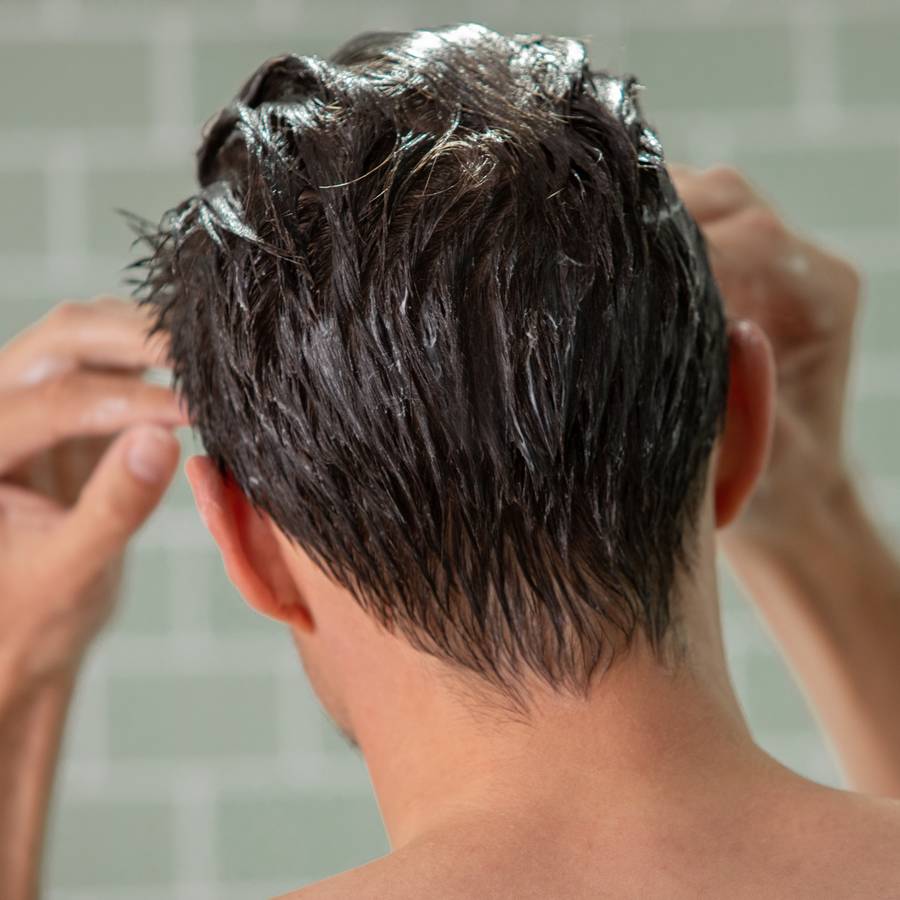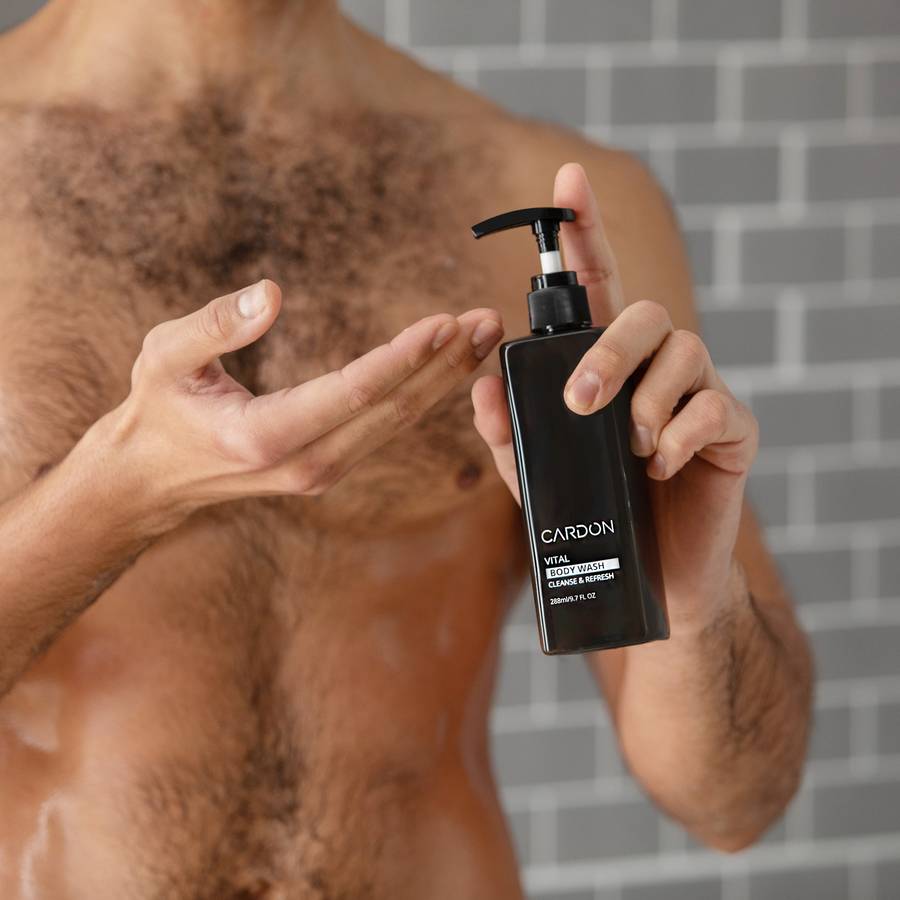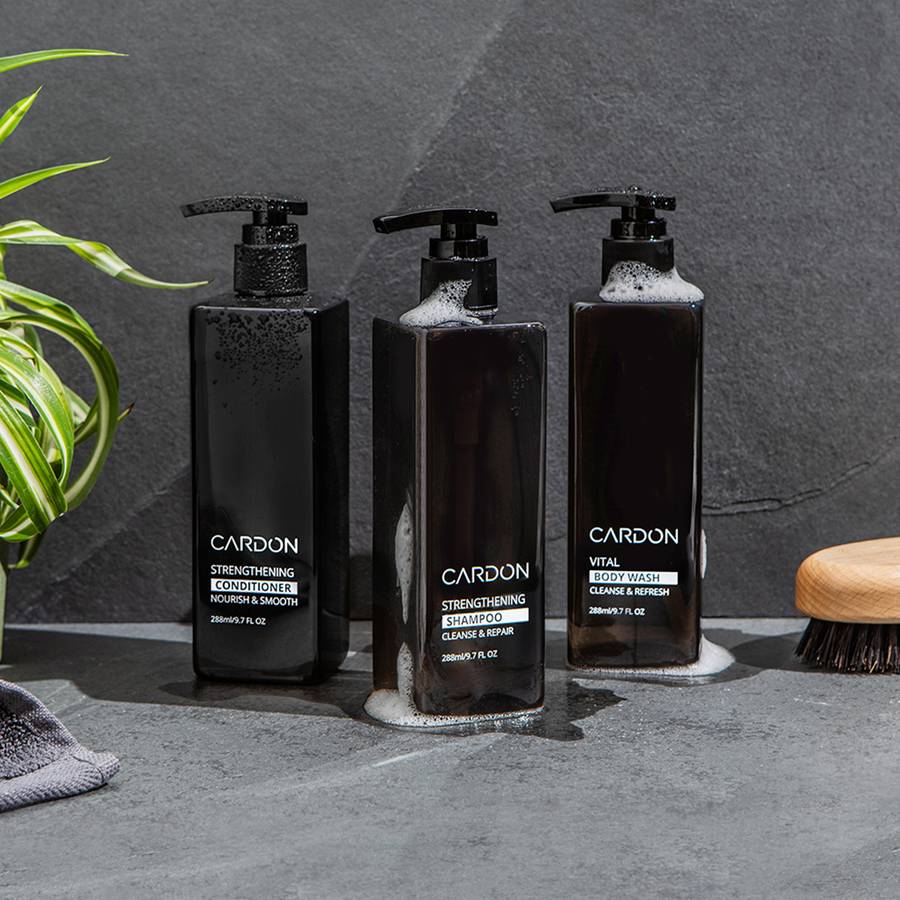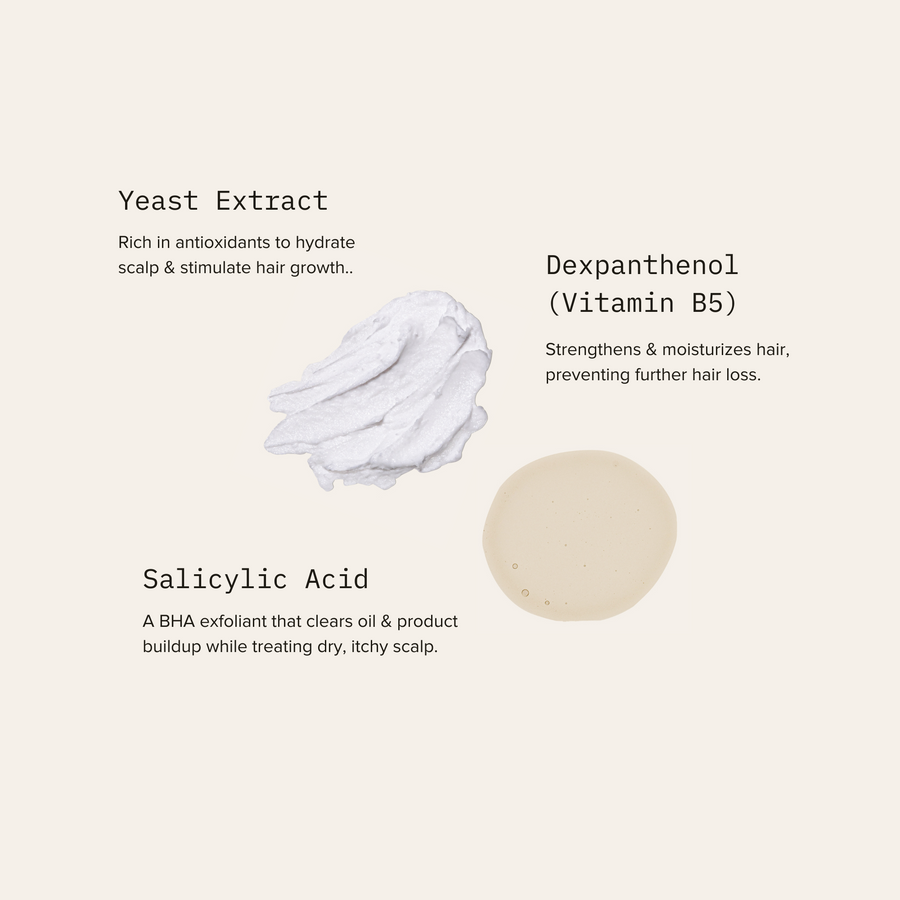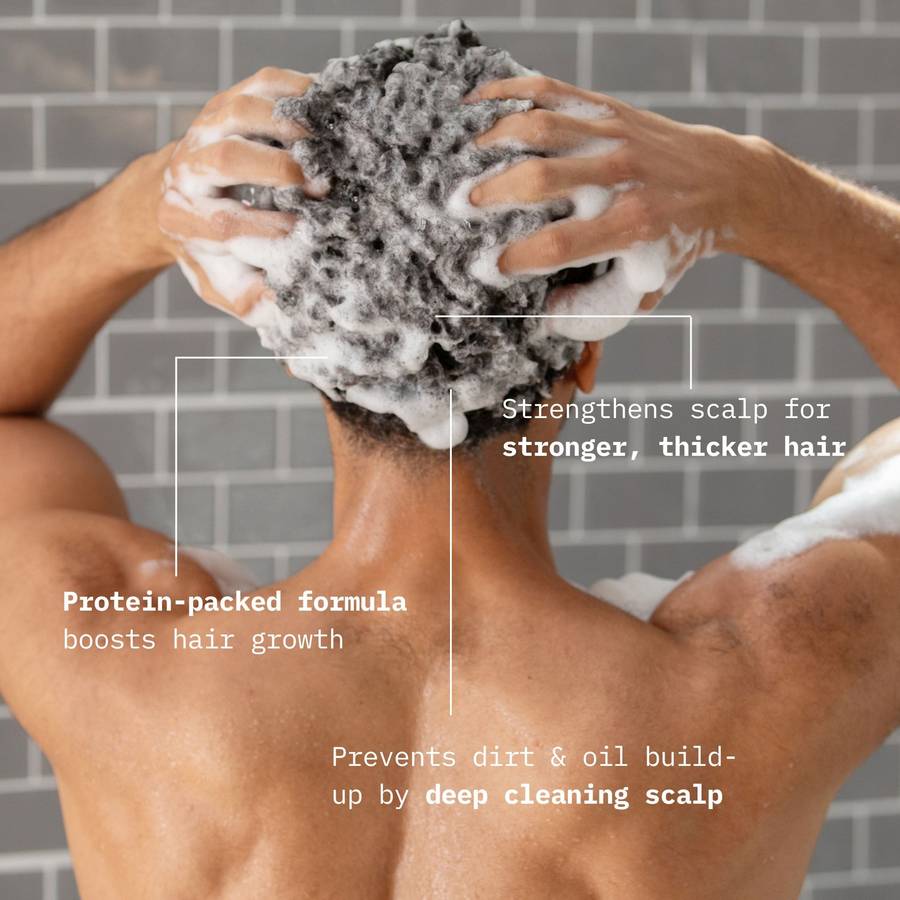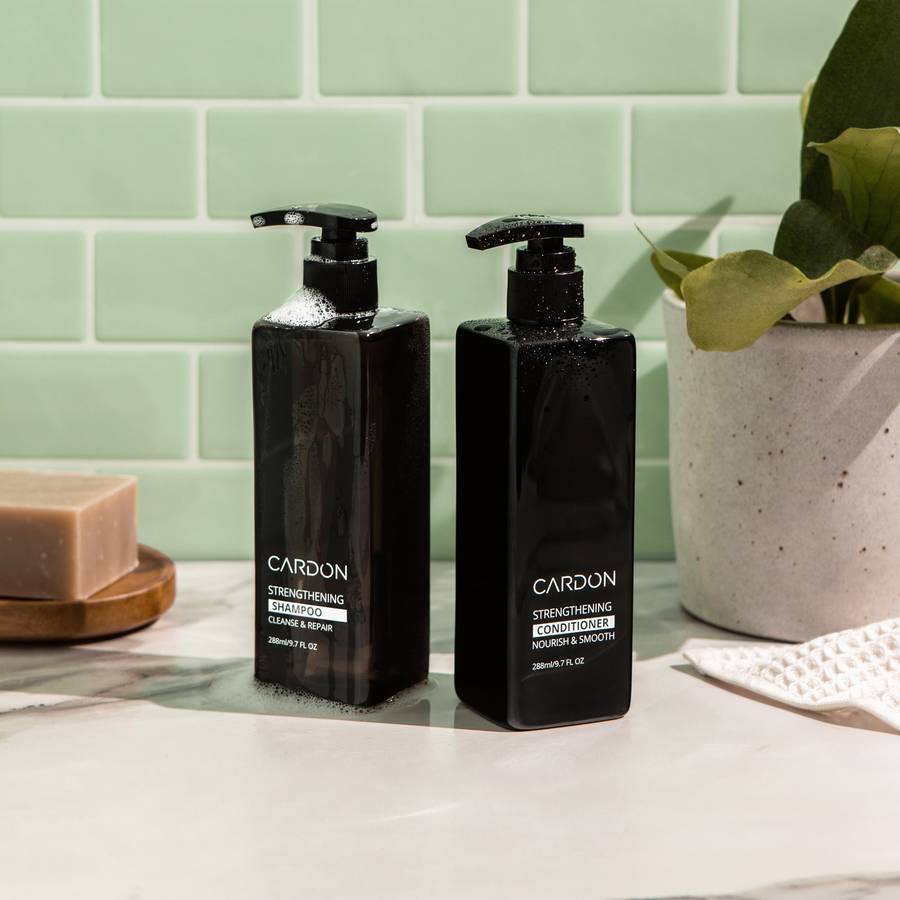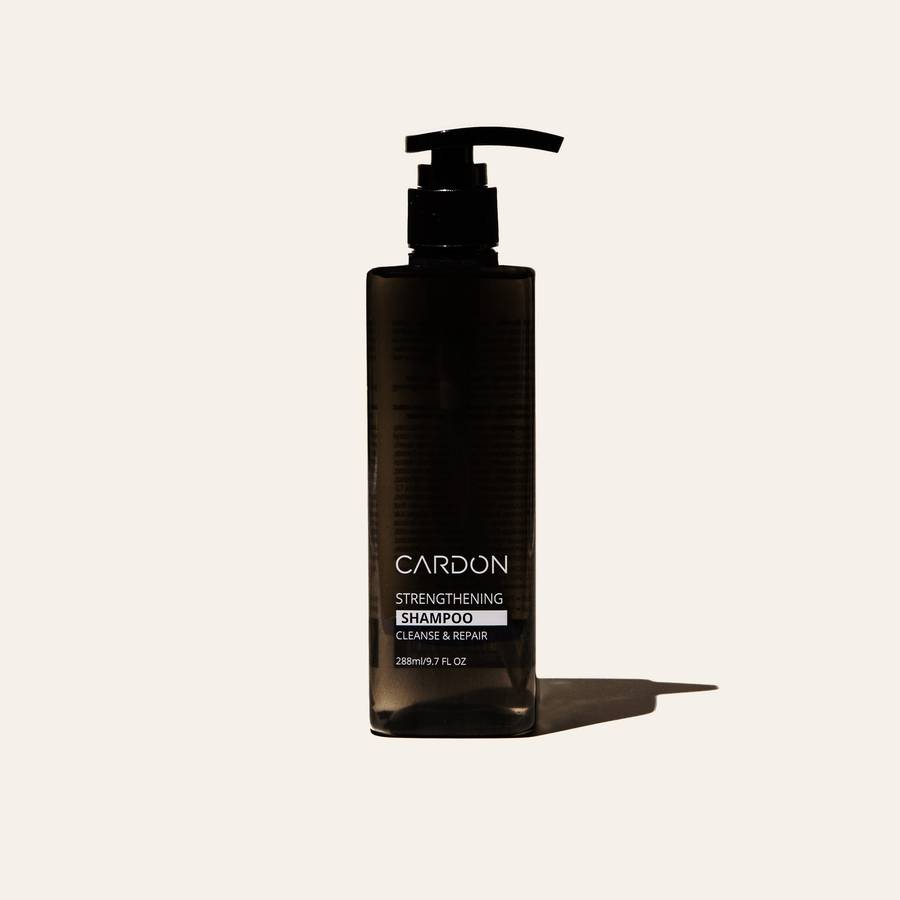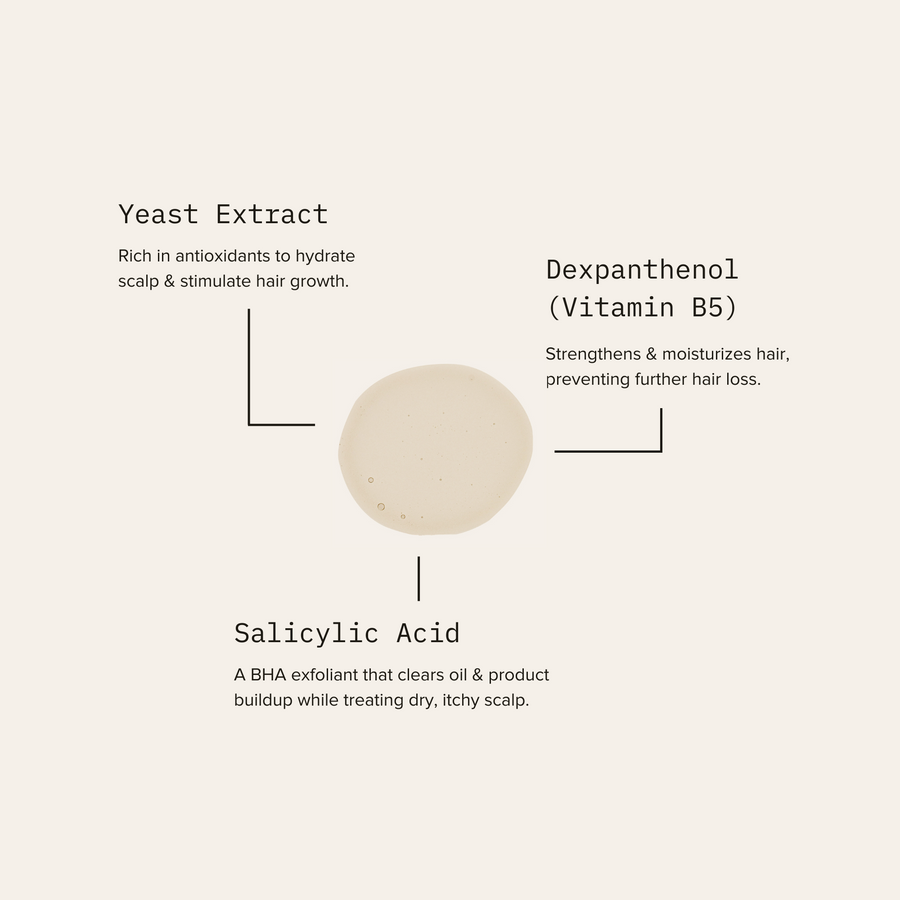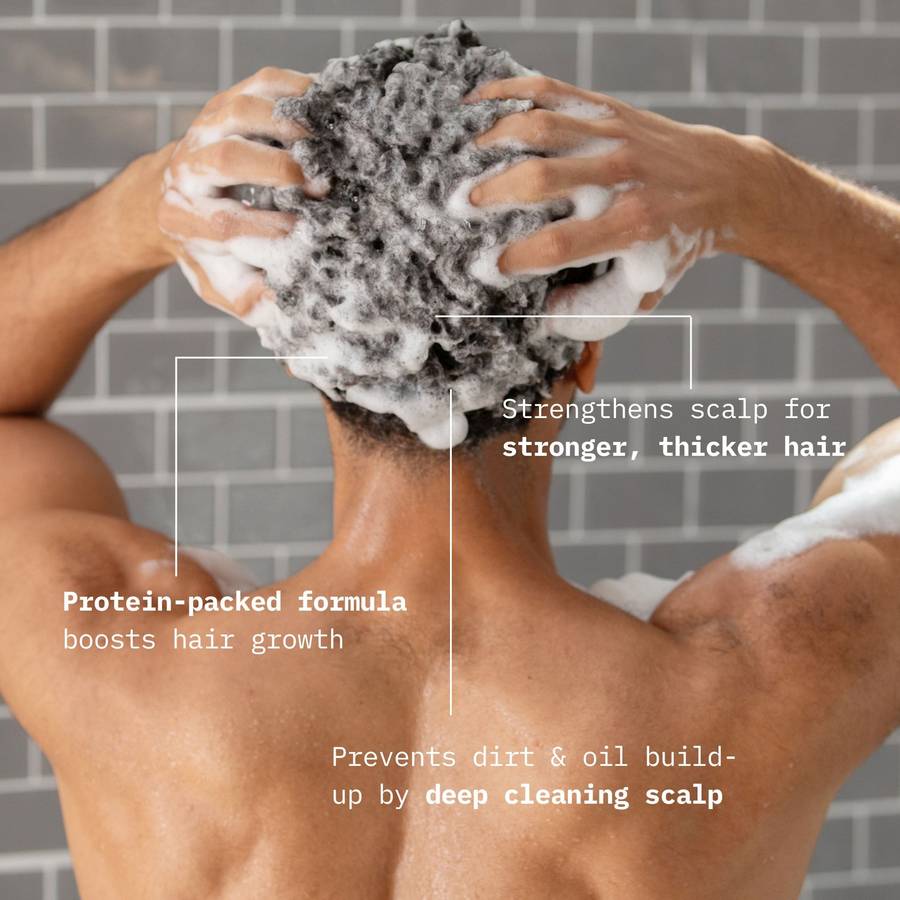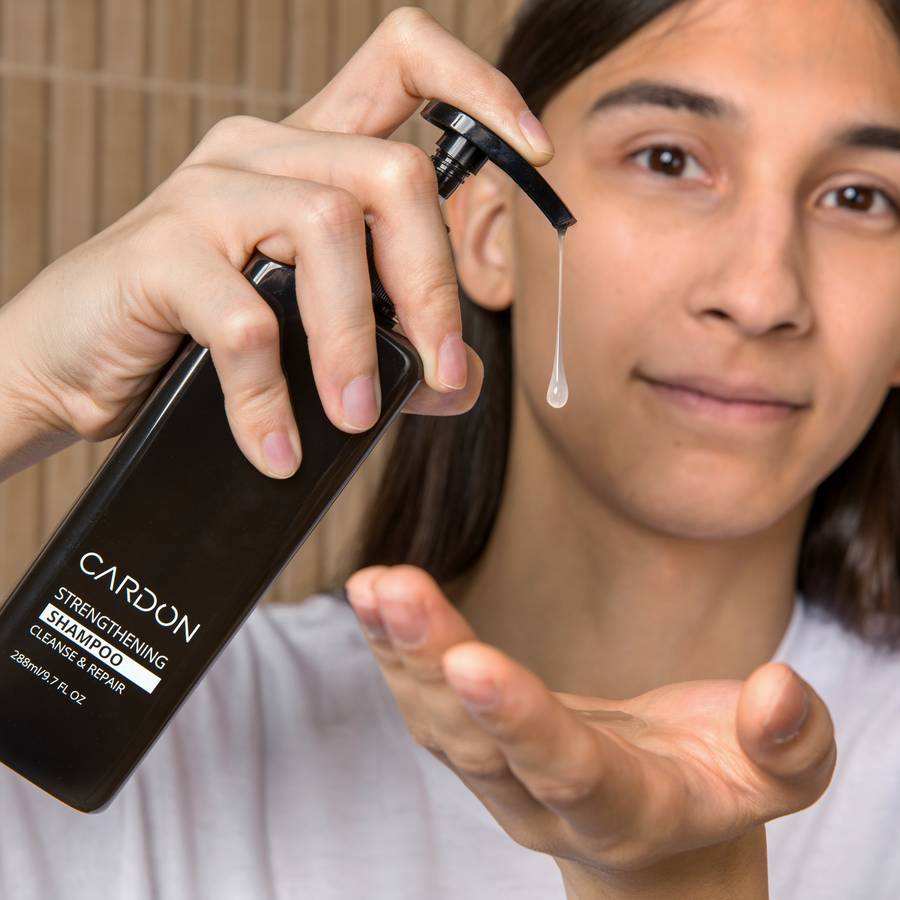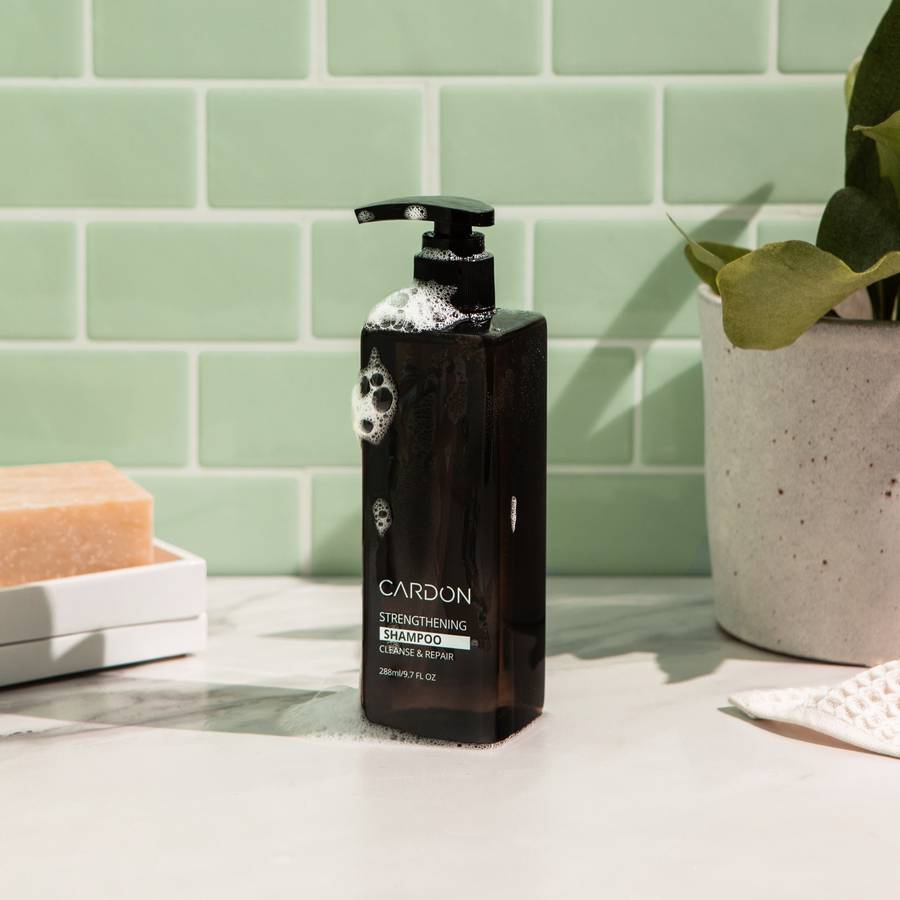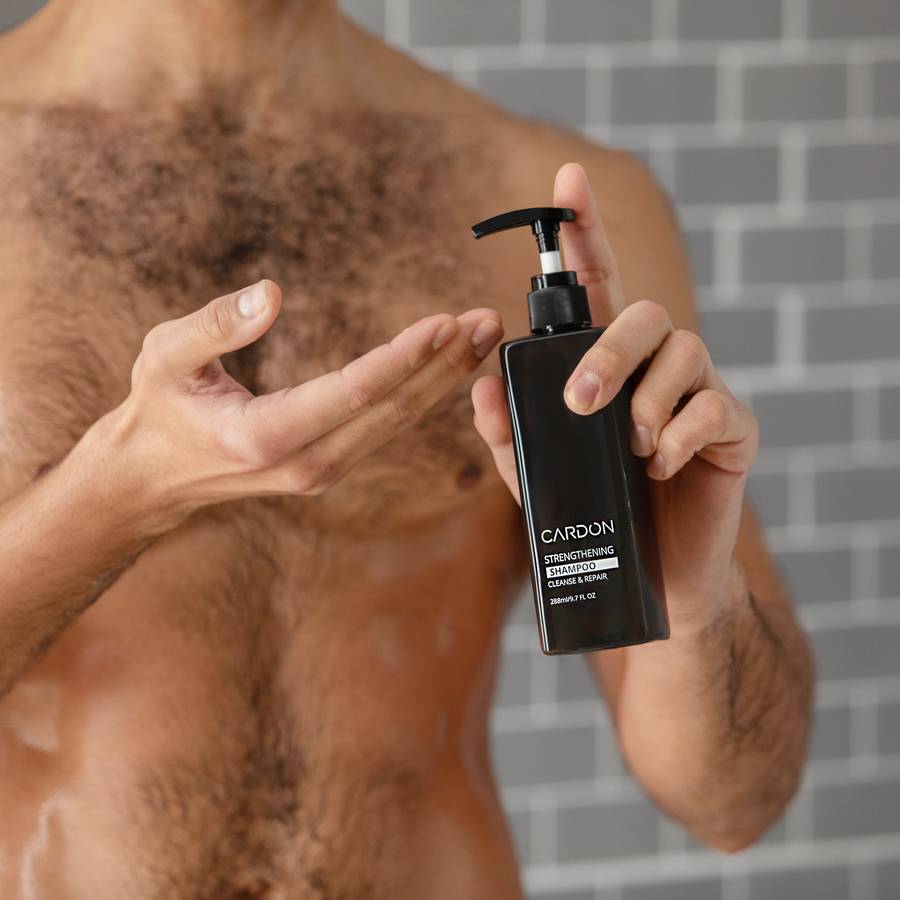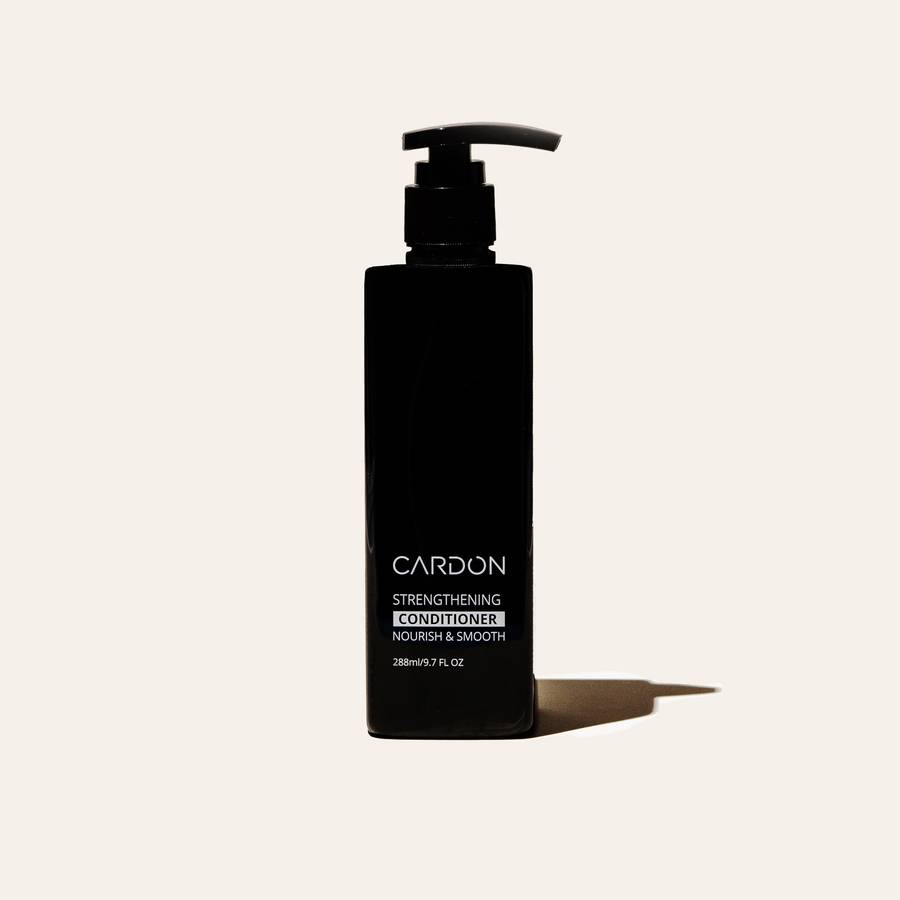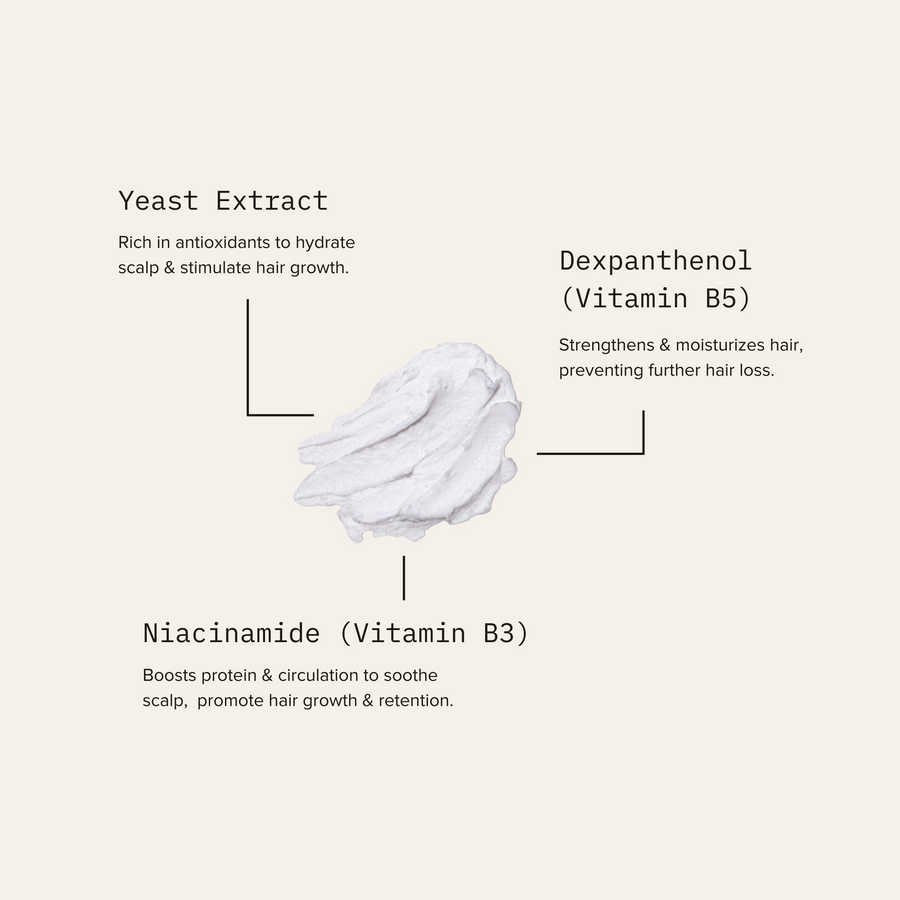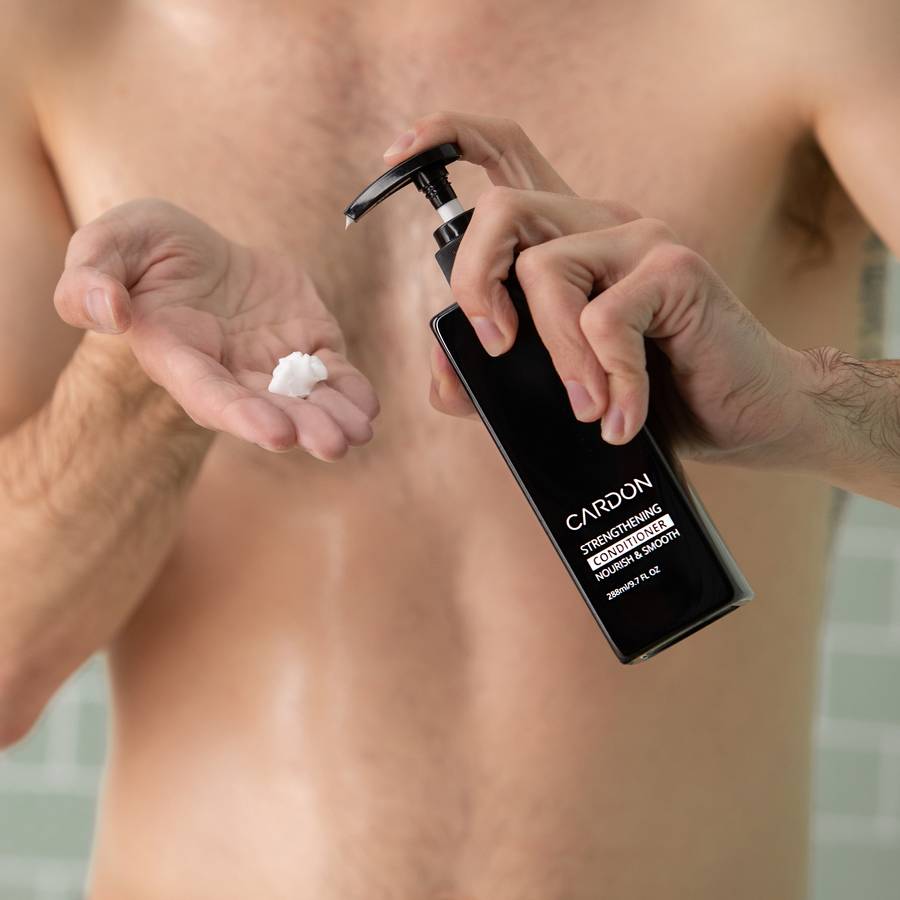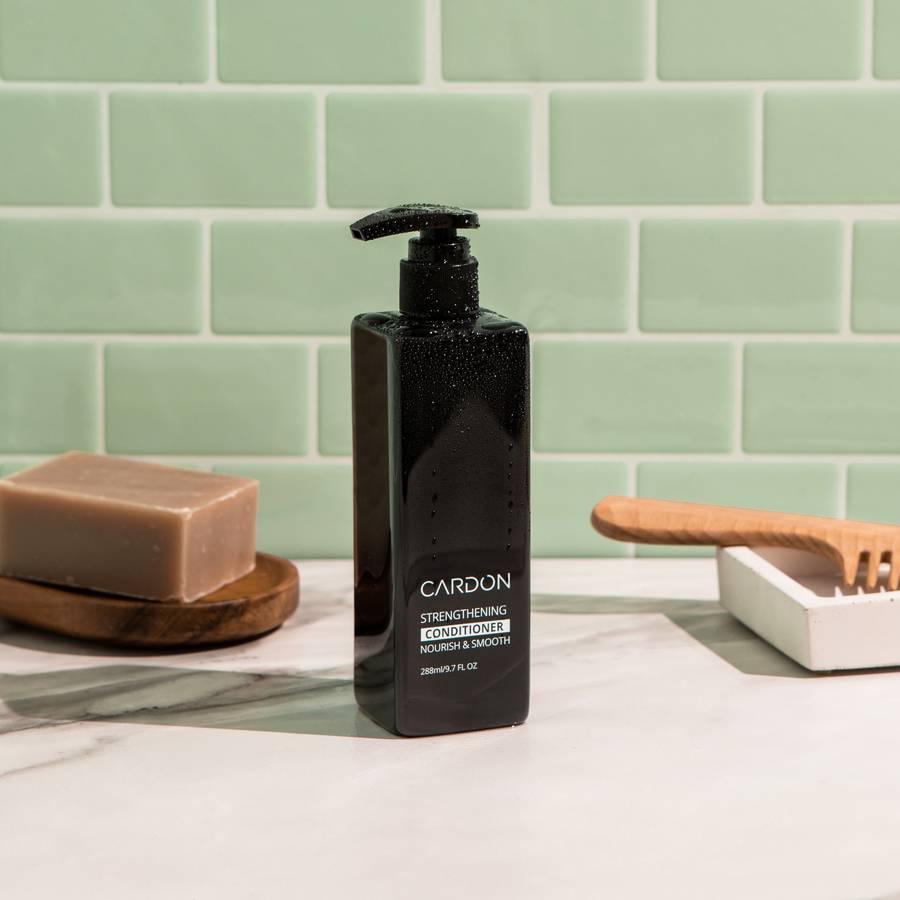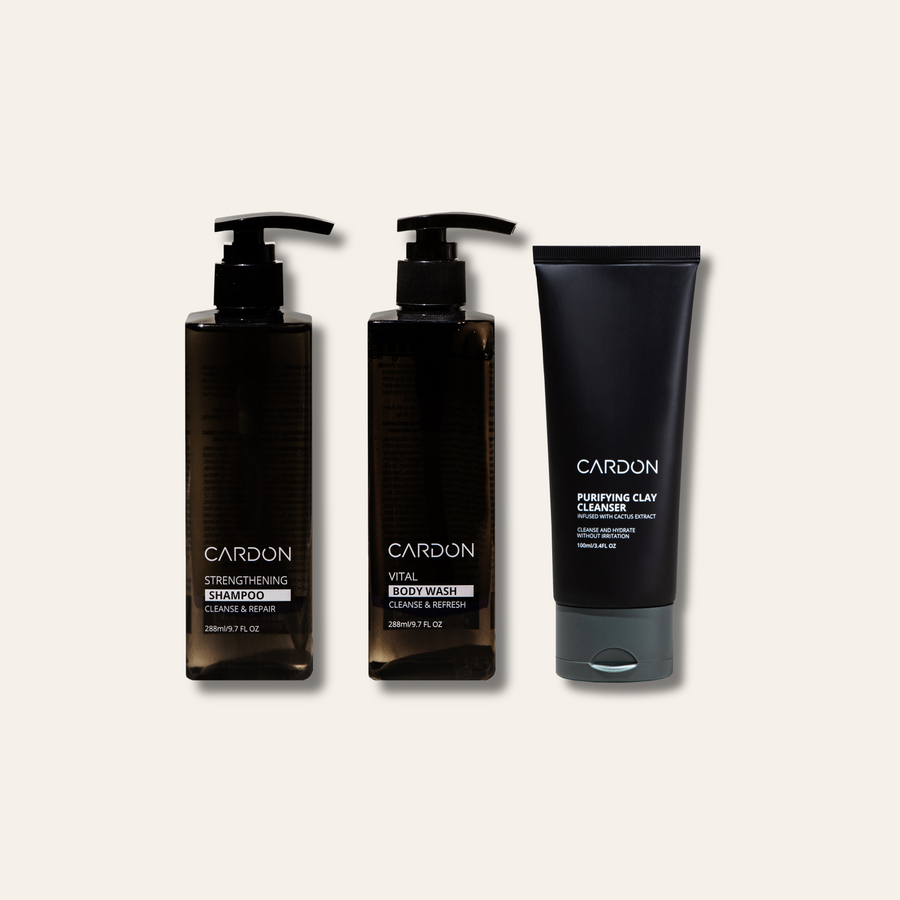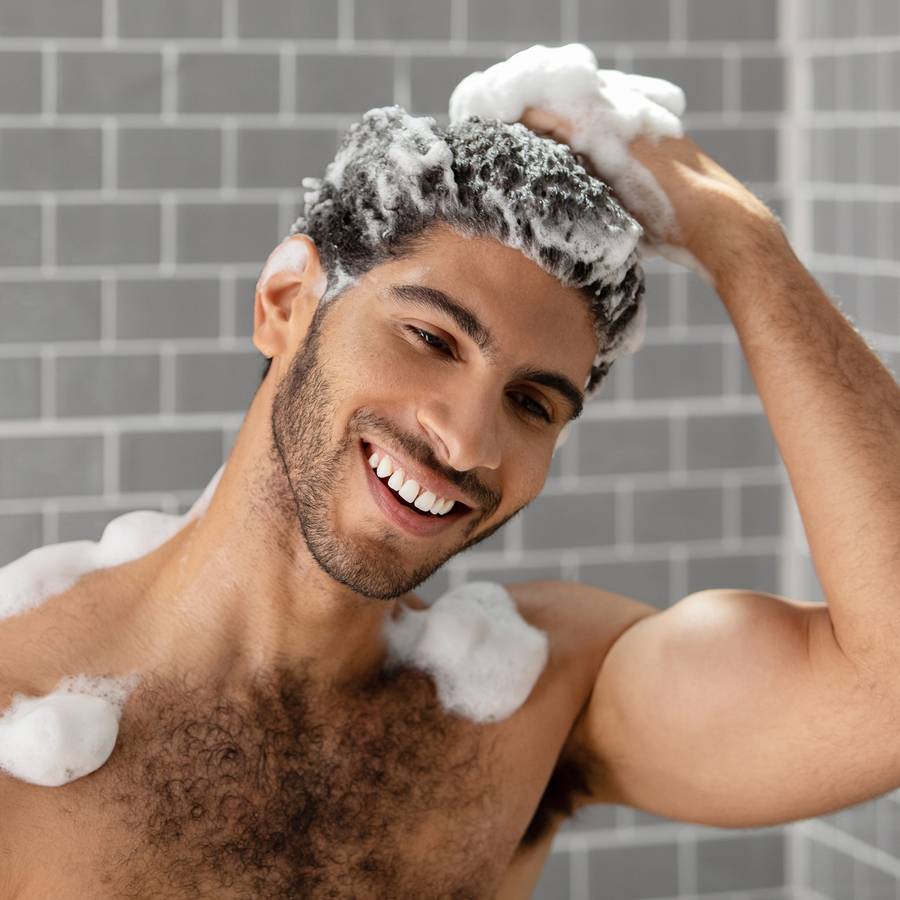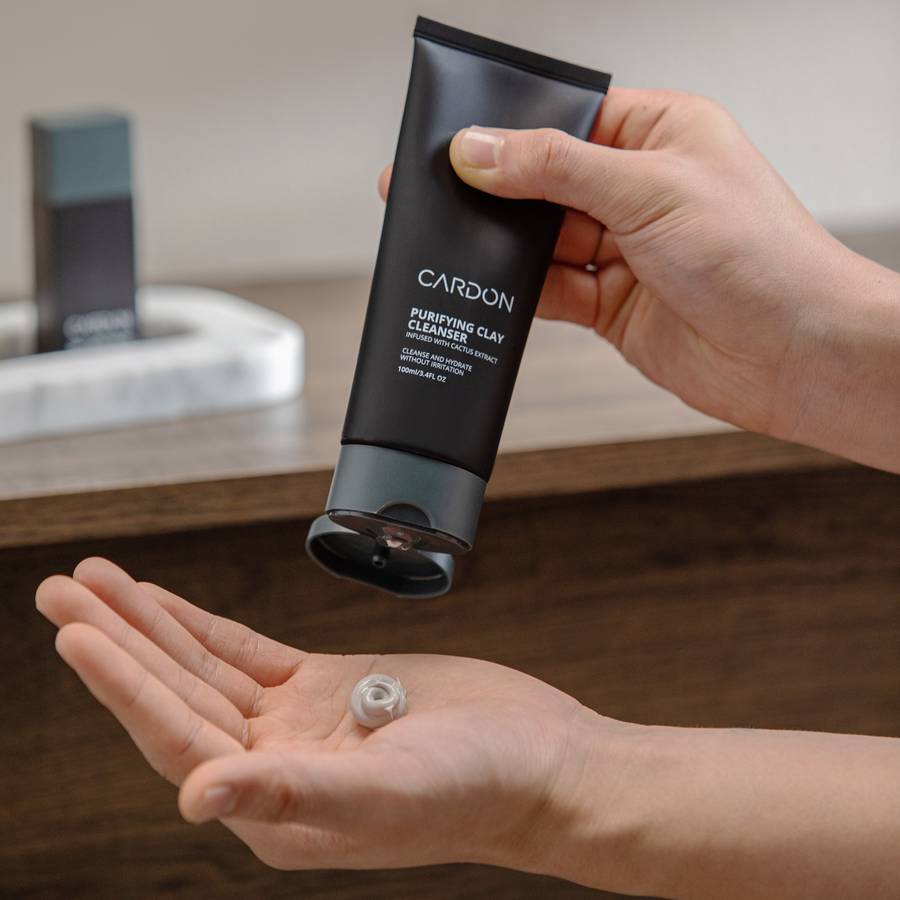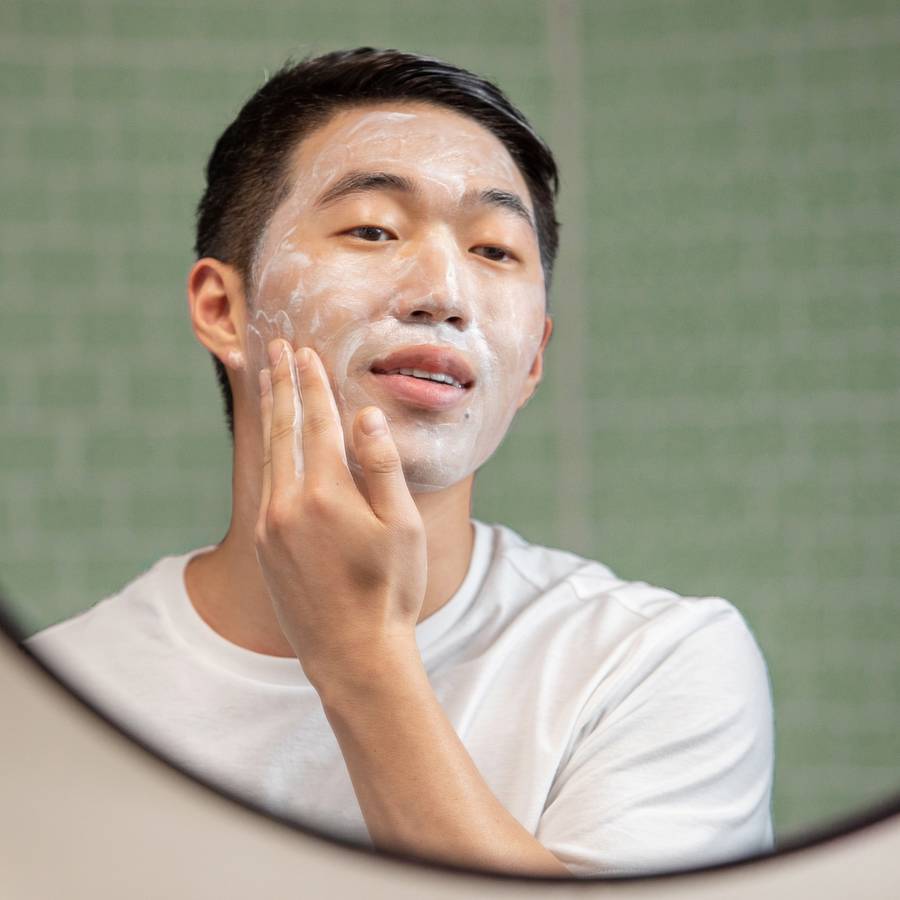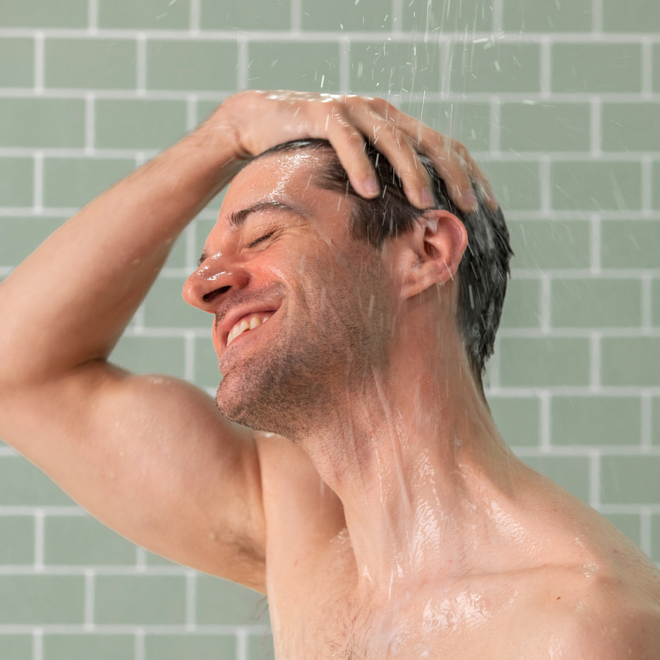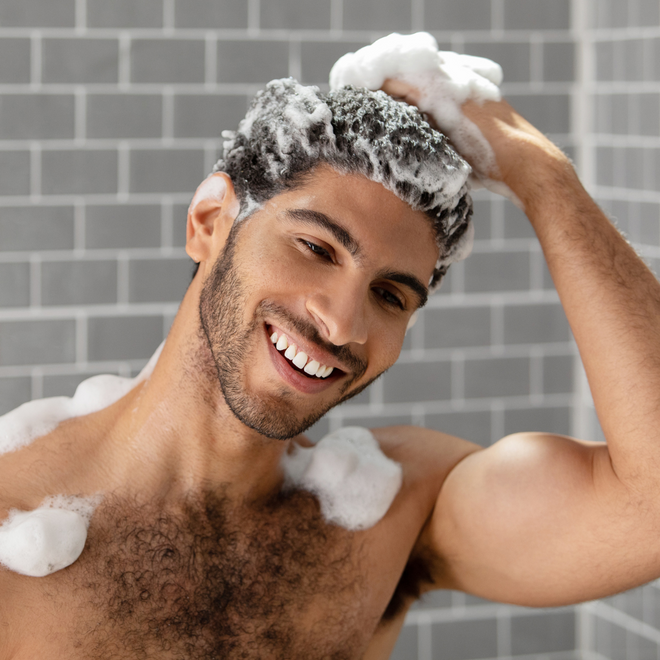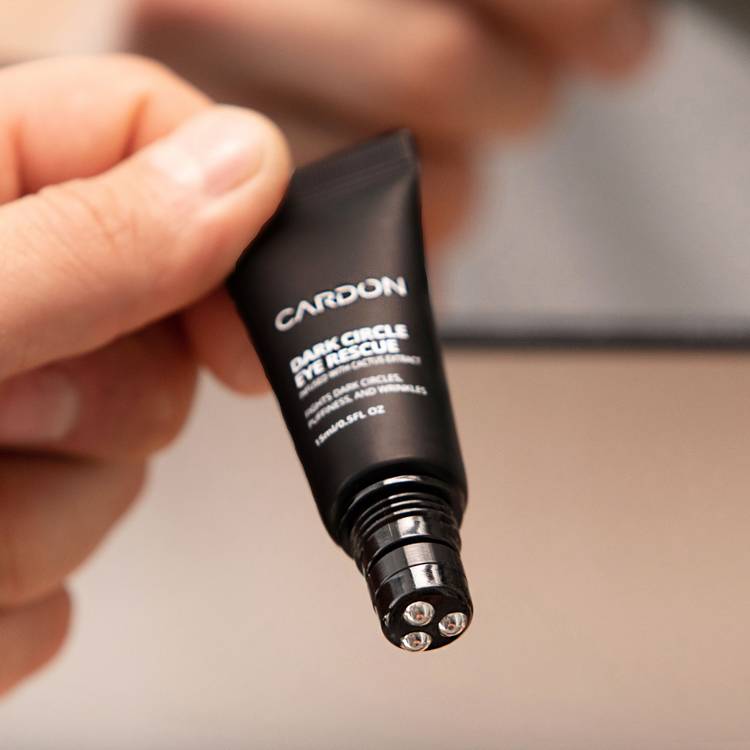Dandruff and Dry Scalp: What Causes It, and How to Treat
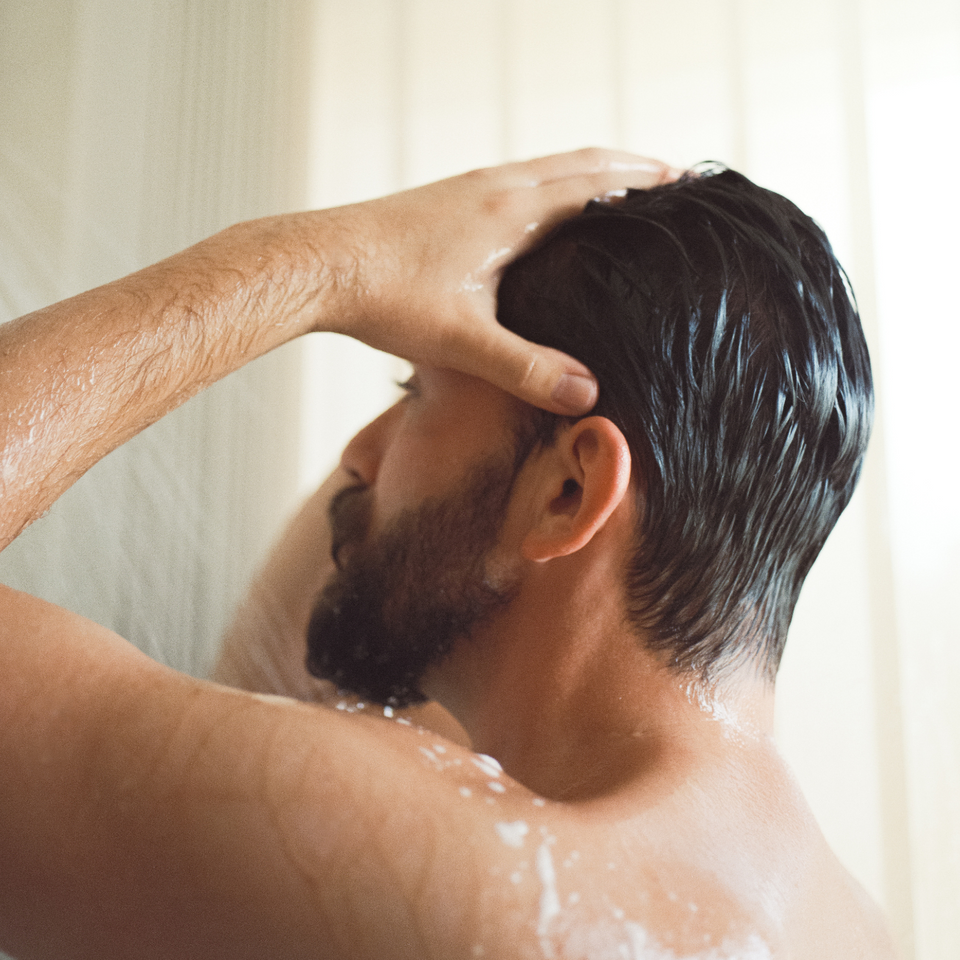
Dry scalp, dandruff, and scalp itch are some of the biggest head scratchers when it comes to skincare: No matter how much command you have over your skin’s status quo, the scalp is its own beast to tame. Not to mention, it’s much harder to maintain scalp’s balance during the few cold months of winter (although the dryness, itching, and flaking can happen perennially). So let’s spotlight what causes dandruff and dry scalp, so that you can do that little “dusting off your shoulder” gesture, both figuratively and literally.
What Causes Dry Scalp, And How to Avoid It
You’ve hopefully learned that skin needs moisture in order to maintain its softness, suppleness, and barrier-like functionality. Thus, a lack of moisture is often the culprit behind many common skincare woes (especially in winter), and not just the scalp. Here are the main ways to avoid the condition.
Bodily Dehydration: Your overall hydration can play a role in scalp dryness. So for starters, drink plenty of water and cut back on the dehydrating stuff (like excess caffeine and alcohol).
A Lack of Humidity: Take note of your daily environments, both indoor and outdoor, both day and night, and start auditing the humidity levels around you. While excess humidity can be uncomfortable to endure, it’s also very good for your skin (scalp included). So if you are in a cold or dry environment, that lack of humidity is likely a leading factor for your dry, itchy (and maybe even flaky) scalp. Pay close attention to any air conditioners in summer, or heaters that also parch the air in your home (especially in winter). Your sleeping environment and workplace environment are two of the most important pieces of this equation, since you remain in those places for a good two thirds of each day, if not more. And any time you go outdoors in winter, try to cover your head with a cap to reduce exposure to the dehydrating climate.
Long or Hot Showers, and Harsh Cleansers: You want to avoid excessively hot water, as well as long showers. Believe it or not, these things can dehydrate skin, too. Yes, water can dehydrate skin. That’s because much of skin’s softness and suppleness comes from the oil secreted in the pores and hot water or excessively long showers (and swimming) will pull this oil from the skin and leave it parched.
And on the topic of showers, make sure that the shampoos and conditioners you’re using are hydrating in nature—or at least promise to not dehydrate the scalp. You want to use hair care products that promise to support moisture, like Cardon’s nourishing haircare duo, since so many others (namely shampoos) will strip moisture while they wash.
What Causes Dandruff, and How to Avoid It
While the above dry scalp conditions are one possible cause of dandruff (due to severe dehydration), there are additional factors that might be behind flakes.
Malassezia Fungus: The overgrowth of the fungus on the scalp is one of the most common culprits behind dandruff. This often occurs when the scalp becomes too oily and remains unwashed, which allows for the proliferation of the fungus. (Malassezia feeds on the natural oils of the scalp.) To avoid this, make sure to at least rinse the scalp daily, while washing every few days at a minimum—increasingly so if you have an oily scalp.
Seborrheic Dermatitis: This is inflammation of the skin that can result in red, itchy, and flaky patches, and which most frequently occurs in winter. You can experience seborrheic dermatitis all over the body, but it is commonly linked to scalp discomfort and dandruff. Use conditioning scalp treatments to avoid this, or be sure to massage your nourishing conditioner around the scalp while you use it in your hair, and let it set for a few minutes before rinsing. Do this every day or every couple days, depending on the propensity for irritation.
Shop the product
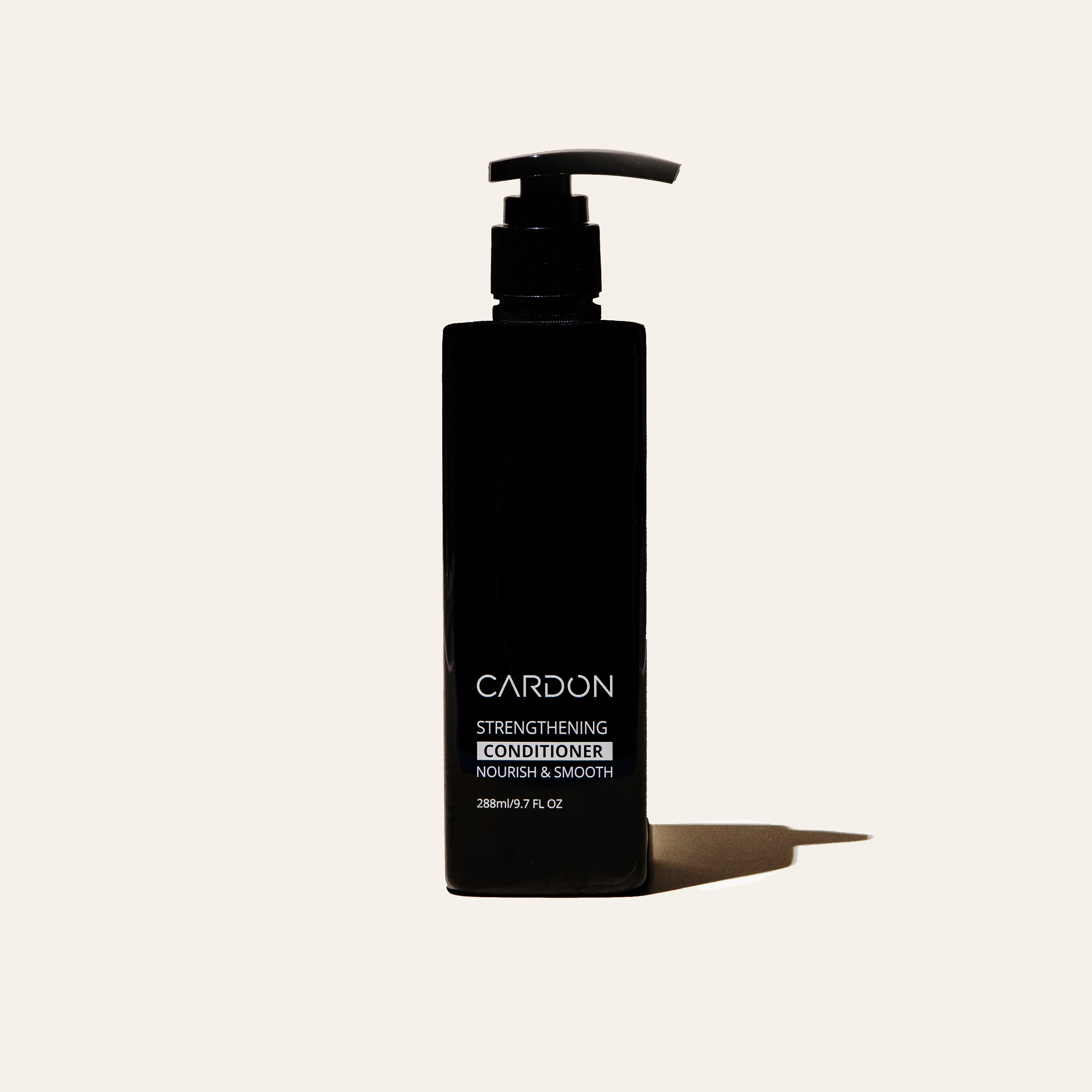
Hair Thickening + Strengthening Conditioner
$20.00
For both conditions—fungus and dermatitis—you can also deploy a proactive anti-dandruff shampoo, with a flake-busting active ingredient. Some of these target the fungus, while others target seborrheic dermatitis. These are the same shampoos you might use to treat dandruff, but which can also be used as a proactive measure against dandruff formation—though it’s smart to use them infrequently when you aren’t experiencing dandruff, since they can also overly dry out the scalp and strands.


How to Treat Dry Scalp and Dandruff
Finding the right remedy for your dry scalp condition usually starts with identifying the problem and making changes to your daily routine, diets, habits, and/or environment. (You can read above for how to avoid the problems, in order to identify the most likely treatment, too.) Typically, this will rectify the problem within a few days or a week. However, if you find that the issue is more chronic or severe, then you can resort to the aforementioned anti-dandruff shampoos, choosing a targeted active ingredient to reverse dermatitis or fungal buildup (these include ketoconazole, piroctone olamine, pyrithione zinc, salicylic acid, eta tree oil, coal tar, and more).
For general dryness, it’s also helpful to invest in a scalp treatment serum, cream, or mask—something you will apply before or after a shower that will soothe, hydrate, and strengthen the scalp. These will often fix the problem within a few days, too. However, if things are extremely severe or chronic, then it’s smart to visit your board-certified dermatologist for a prescriptive and high-grade treatment.
Shop the collection
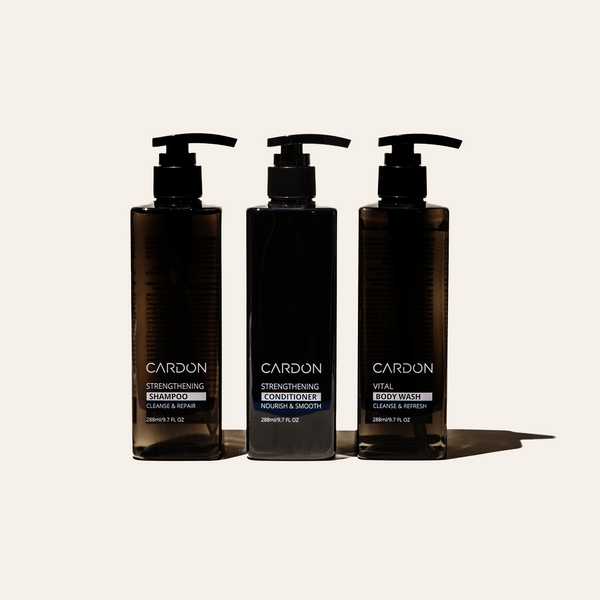
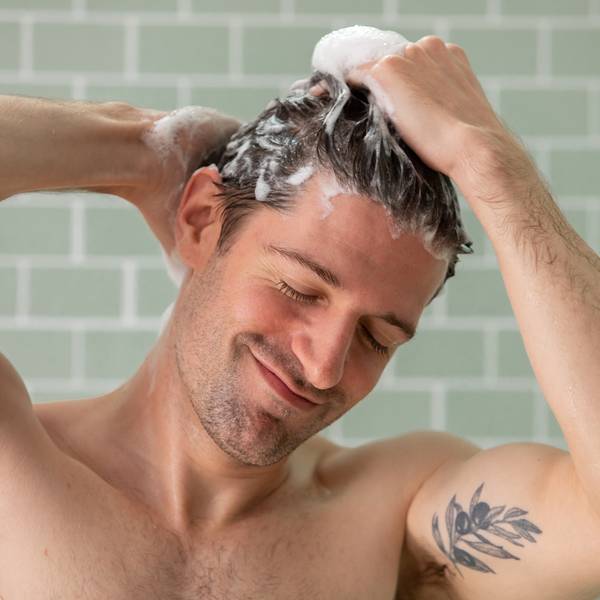
Hair + Body Shower Set
good for:
New + Improved: Same thickening formula now with biotin! The Hair + Body Shower Set has everything you need for an invigorating showertime routine, going beyond cleansing to strengthen, repair, and soothe your hair and skin. You—and your houseguests—will thank you for ditching the 3-in-1 for this trio.
*Vital Body Wash – winner of the 2022 GQ Grooming Awards
Includes Steps:
- 01 Hair Thickening + Strengthening Shampoo
- 02 Hair Thickening + Strengthening Conditioner
- 03 Vital Body Wash
Never go empty! Subscribe + Save 10%
Hair + Body Shower Set
good for:
New + Improved: Same thickening formula now with biotin! The Hair + Body Shower Set has everything you need for an invigorating showertime routine, going beyond cleansing to strengthen, repair, and soothe your hair and skin. You—and your houseguests—will thank you for ditching the 3-in-1 for this trio.
*Vital Body Wash – winner of the 2022 GQ Grooming Awards
Includes Steps:
- 01 Hair Thickening + Strengthening Shampoo
- 02 Hair Thickening + Strengthening Conditioner
- 03 Vital Body Wash
Never go empty! Subscribe + Save 10%
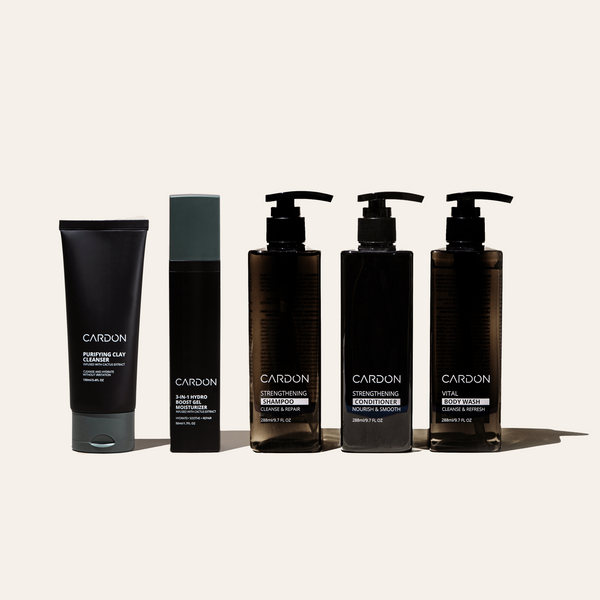
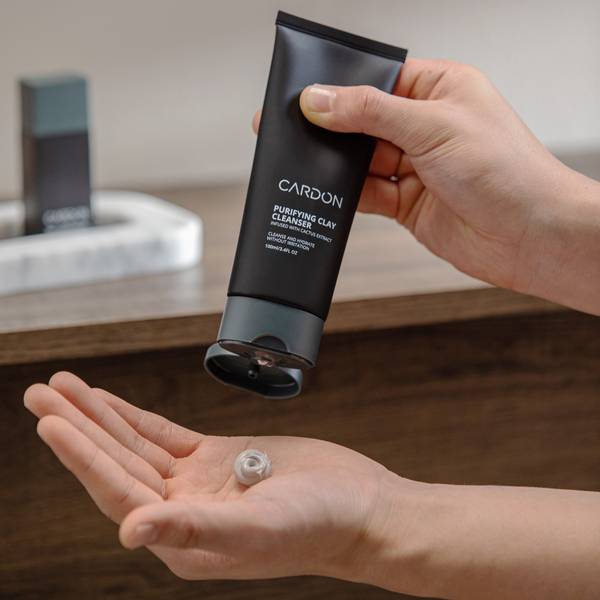
NEW
NEW
+ Hair
+ Body
Head-to-Toe Set
good for:
We've got you covered head to toe, literally. This set comes with a complete skin and hair care routine.
Includes our invigorating shampoo and conditioner to prevent hair loss, refreshing body wash to treat body acne, clay-infused face wash to deeply cleanse the face from debris, and lightweight gel moisturizer to soothe, rehydrate and repair skin while you sleep.
It's about time you treated the rest of your body as good as you treat your face.
Includes Steps:
- 01 Purifying Clay Cleanser
- 02 Hydro Boost Gel Moisturizer
- 03 Hair Thickening + Strengthening Shampoo
- 04 Hair Thickening + Strengthening Conditioner
- 05 Vital Body Wash
Never go empty! Subscribe + Save 10%
Head-to-Toe Set
good for:
We've got you covered head to toe, literally. This set comes with a complete skin and hair care routine.
Includes our invigorating shampoo and conditioner to prevent hair loss, refreshing body wash to treat body acne, clay-infused face wash to deeply cleanse the face from debris, and lightweight gel moisturizer to soothe, rehydrate and repair skin while you sleep.
It's about time you treated the rest of your body as good as you treat your face.
Includes Steps:
- 01 Purifying Clay Cleanser
- 02 Hydro Boost Gel Moisturizer
- 03 Hair Thickening + Strengthening Shampoo
- 04 Hair Thickening + Strengthening Conditioner
- 05 Vital Body Wash
Never go empty! Subscribe + Save 10%


Hair Loss
Healthy Hair Duo
good for:
New + Improved: Same thickening formula now with biotin! Teamwork makes your hair dreams work.
Our highly-rated Hair Thickening + Strengthening Shampoo and Conditioner teams up to get to the root of hair loss, strengthening and nourishing hair starting right at the scalp. Achieve thicker, healthier follicles with the help of our protein and vitamin-packed formula.
Includes Steps:
- 01 Hair Thickening + Strengthening Shampoo
- 02 Hair Thickening + Strengthening Conditioner
Never go empty! Subscribe + Save 10%
Healthy Hair Duo
good for:
New + Improved: Same thickening formula now with biotin! Teamwork makes your hair dreams work.
Our highly-rated Hair Thickening + Strengthening Shampoo and Conditioner teams up to get to the root of hair loss, strengthening and nourishing hair starting right at the scalp. Achieve thicker, healthier follicles with the help of our protein and vitamin-packed formula.
Includes Steps:
- 01 Hair Thickening + Strengthening Shampoo
- 02 Hair Thickening + Strengthening Conditioner
Never go empty! Subscribe + Save 10%

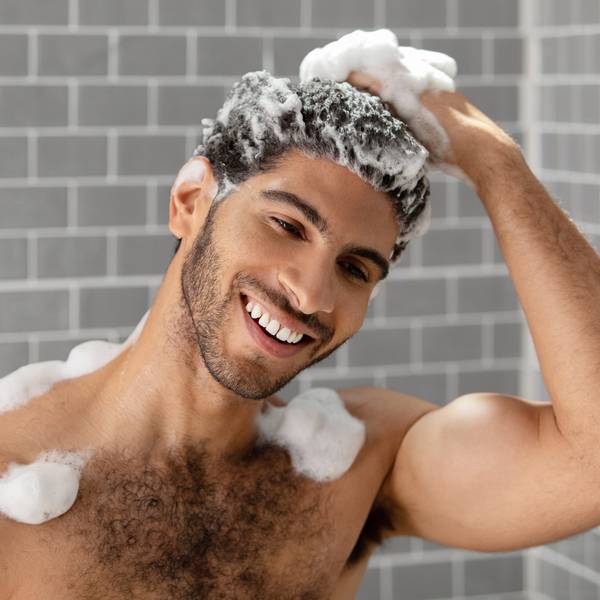
Hair Thickening + Strengthening Shampoo
good for:
New + Improved: Same thickening formula now with biotin! Stop hair loss—from receding hairlines to thinning hair—with the first step in your shower routine.
Our protein-packed Hair Thickening + Strengthening Shampoo uses niacinamide, vitamin B5, and yeast extract to restore hair follicles while protecting the scalp and reducing flakiness, too. The result? Thicker, stronger hair that’s here to stay.
“A true example of less is more. This shampoo is perfect. Leaves my hair feeling and looking healthy and thick and does not irritate my sensitive skin. A must add to my Cardon skincare regimen.” - David N.
Hair Thickening + Strengthening Shampoo
good for:
New + Improved: Same thickening formula now with biotin! Stop hair loss—from receding hairlines to thinning hair—with the first step in your shower routine.
Our protein-packed Hair Thickening + Strengthening Shampoo uses niacinamide, vitamin B5, and yeast extract to restore hair follicles while protecting the scalp and reducing flakiness, too. The result? Thicker, stronger hair that’s here to stay.
“A true example of less is more. This shampoo is perfect. Leaves my hair feeling and looking healthy and thick and does not irritate my sensitive skin. A must add to my Cardon skincare regimen.” - David N.
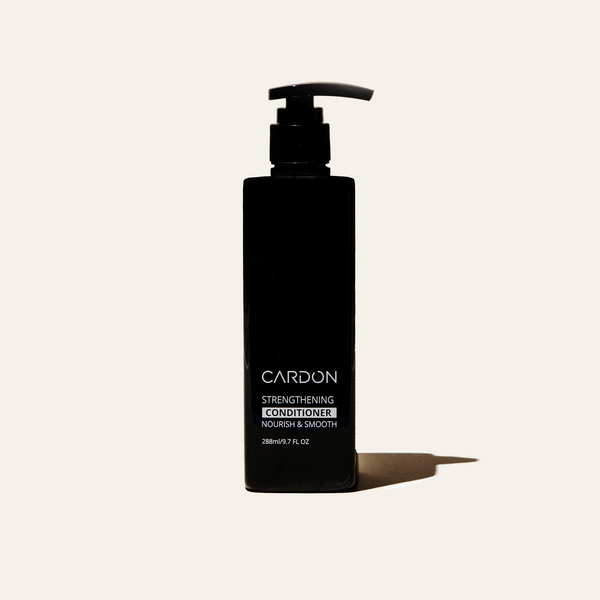

Hair Loss
Hair Thickening + Strengthening Conditioner
good for:
New + Improved: Same thickening formula now with biotin! Finally, a conditioner that doesn’t just soothe—but strengthens, too.
Our Strengthening Conditioner uses Niacinamide and Yeast Extract to get to the root of hair loss issues, nourishing the hair starting right at the scalp for stronger hair that’s smooth as silk.
“A perfect compliment to the shampoo. Adds amazing hydration to the hair, leaving it soft (even with hard water)! A nice, but not overpowering, menthol scent.” - Steve C.
Hair Thickening + Strengthening Conditioner
good for:
New + Improved: Same thickening formula now with biotin! Finally, a conditioner that doesn’t just soothe—but strengthens, too.
Our Strengthening Conditioner uses Niacinamide and Yeast Extract to get to the root of hair loss issues, nourishing the hair starting right at the scalp for stronger hair that’s smooth as silk.
“A perfect compliment to the shampoo. Adds amazing hydration to the hair, leaving it soft (even with hard water)! A nice, but not overpowering, menthol scent.” - Steve C.

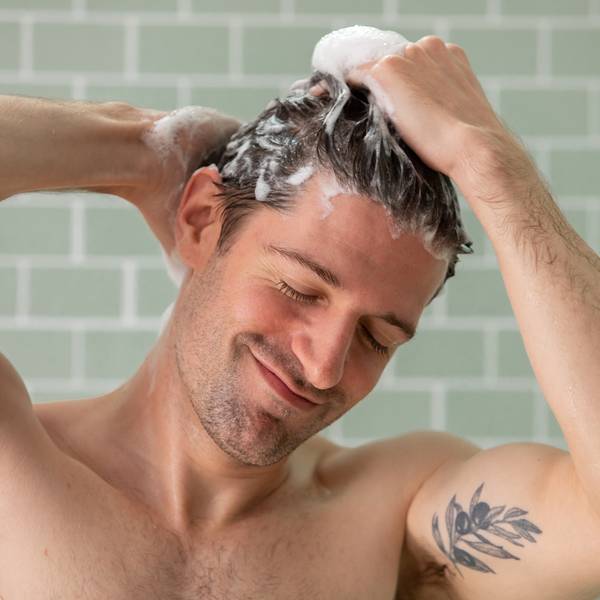
NEW
NEW
Cleanse + Refresh Set
good for:
Hit refresh! The Cleanse + Refresh Set gives you the ultimate cleanse from head to toe with highly-effective skincare-grade formulas. Strengthening Shampoo boosts hair volume, Vital Body Wash fights dryness and breakouts, and Purifying Clay Cleanser keeps your skin clear and balanced. It's the perfect set for a fresh, confident look every day!
Pro tip: Use Purifying Clay Cleanser as a spot treatment for pimples or pore-clearing clay mask. Apply to the affected area or the full face and rinse off after 10 minutes.
Includes Steps:
- 01 Purifying Clay Cleanser
- 02 Hair Thickening + Strengthening Shampoo
- 03 Vital Body Wash
Never go empty! Subscribe + Save 10%
Cleanse + Refresh Set
good for:
Hit refresh! The Cleanse + Refresh Set gives you the ultimate cleanse from head to toe with highly-effective skincare-grade formulas. Strengthening Shampoo boosts hair volume, Vital Body Wash fights dryness and breakouts, and Purifying Clay Cleanser keeps your skin clear and balanced. It's the perfect set for a fresh, confident look every day!
Pro tip: Use Purifying Clay Cleanser as a spot treatment for pimples or pore-clearing clay mask. Apply to the affected area or the full face and rinse off after 10 minutes.
Includes Steps:
- 01 Purifying Clay Cleanser
- 02 Hair Thickening + Strengthening Shampoo
- 03 Vital Body Wash
Never go empty! Subscribe + Save 10%
Cardon Products Are
Easy to Use
We never create two products when we can achieve the same results with one. Cardon products are designed to be easy to use every day.
Backed By Korean Innovation
Korean R&D is two decades ahead of the rest of the world. Cardon products use the highest quality, most effective ingredients out there.
Non-Toxic
Finally, an ingredient label you can feel good about. Every ingredient in Cardon products is good for your skin, and easy on the mind.

